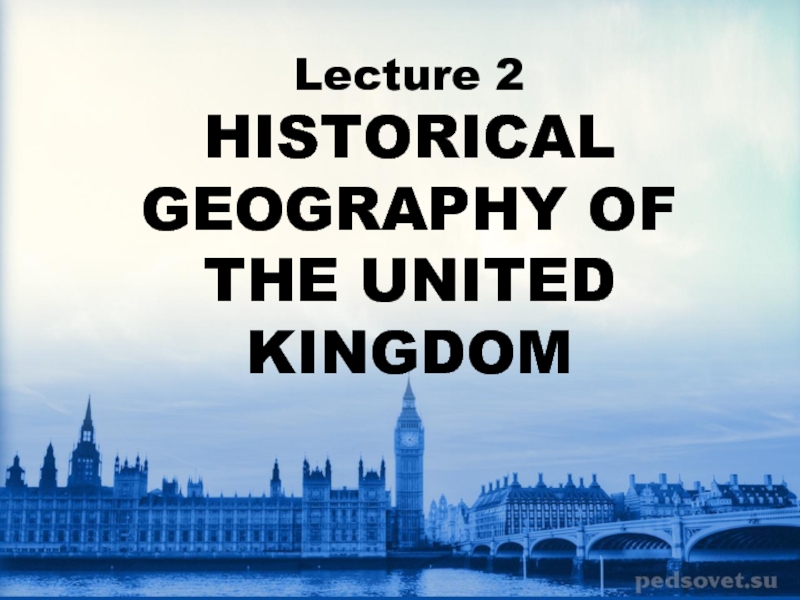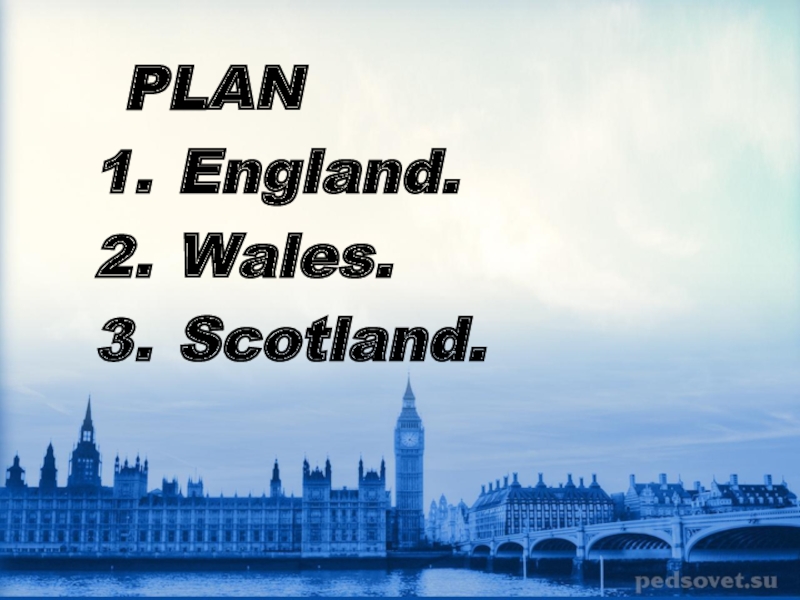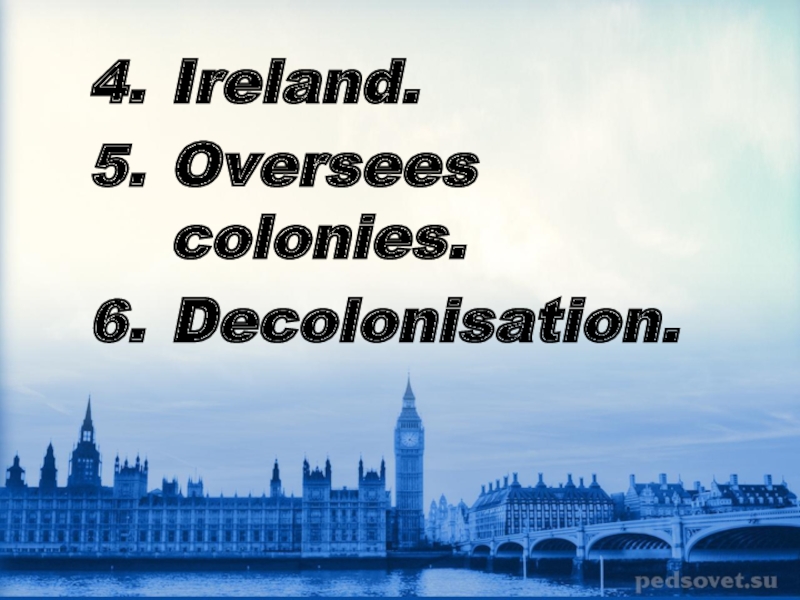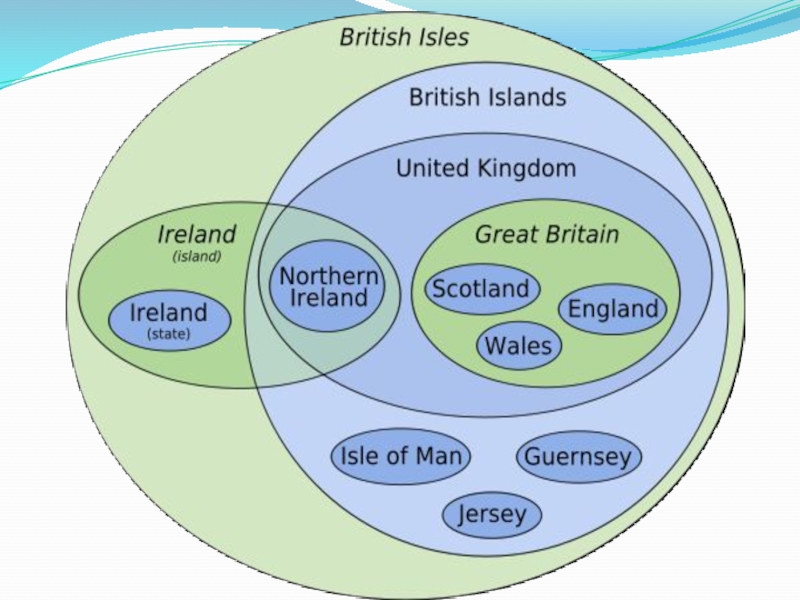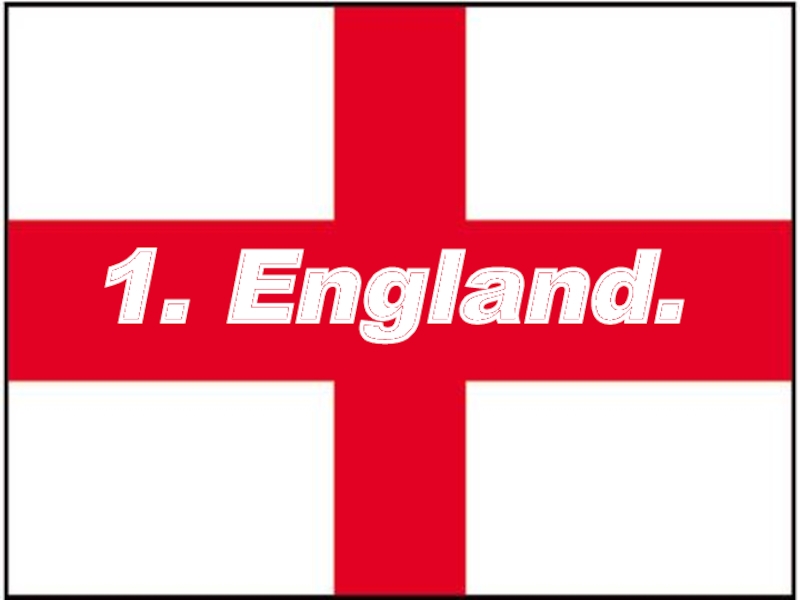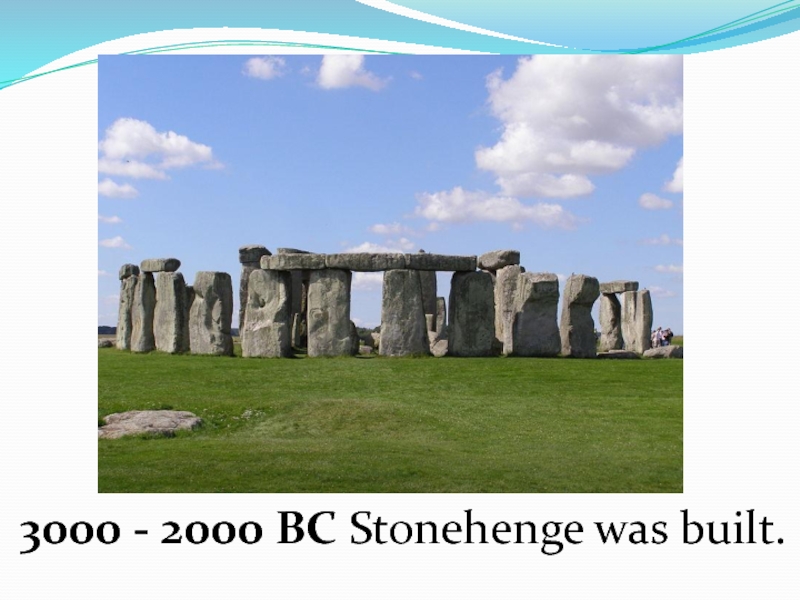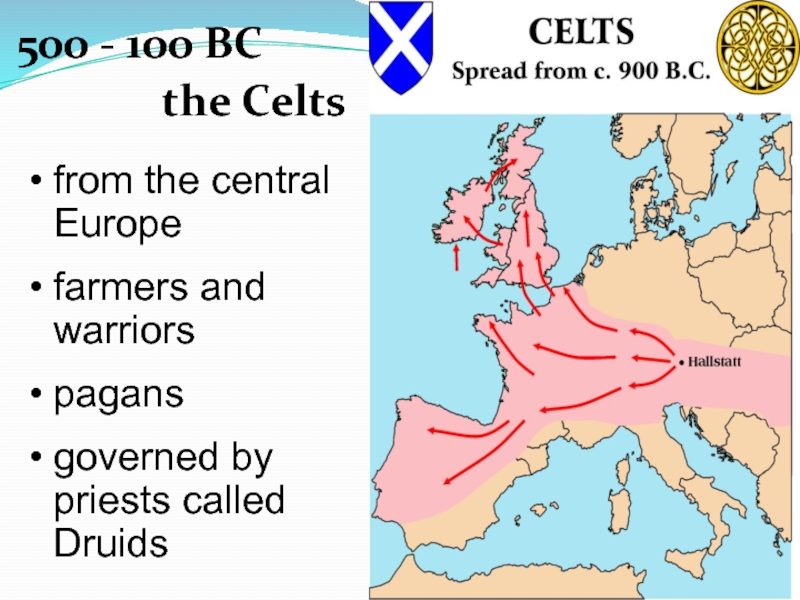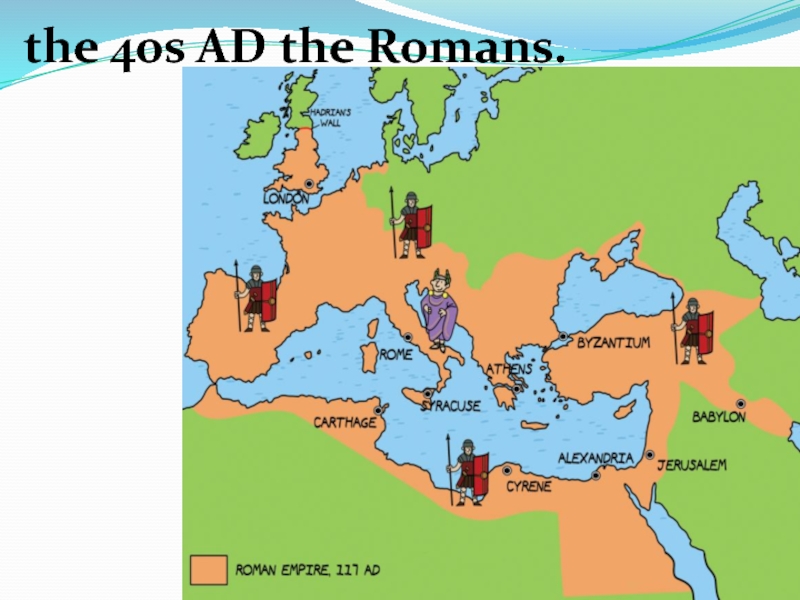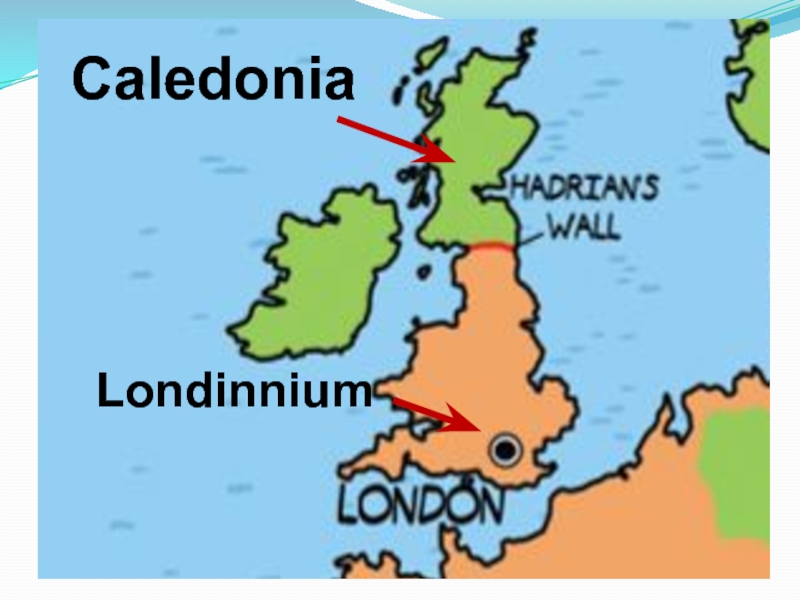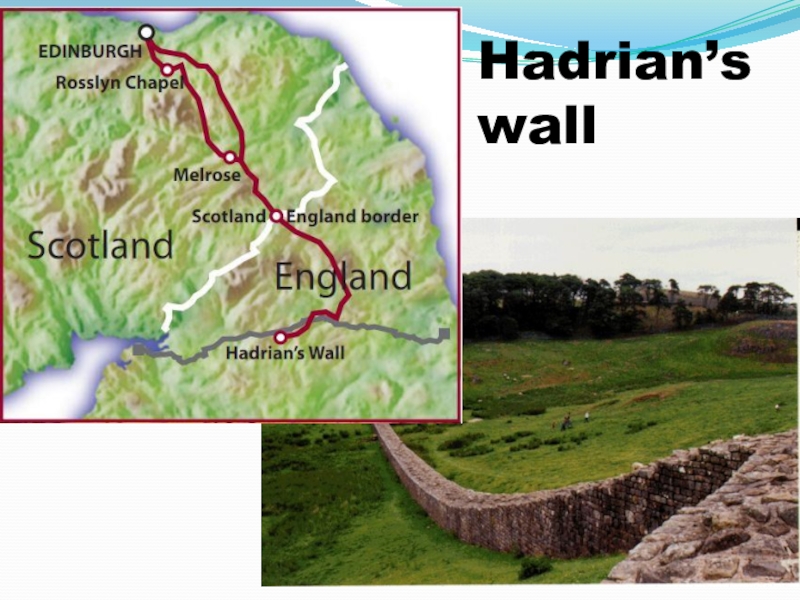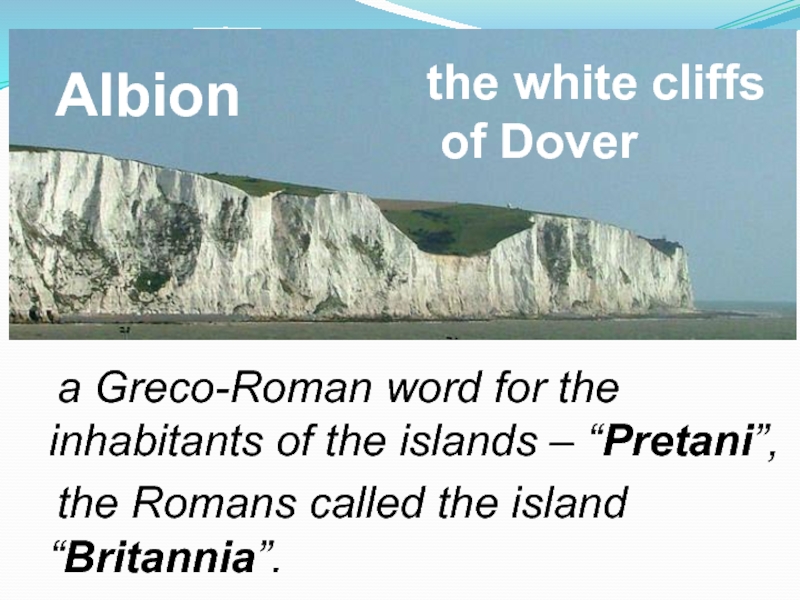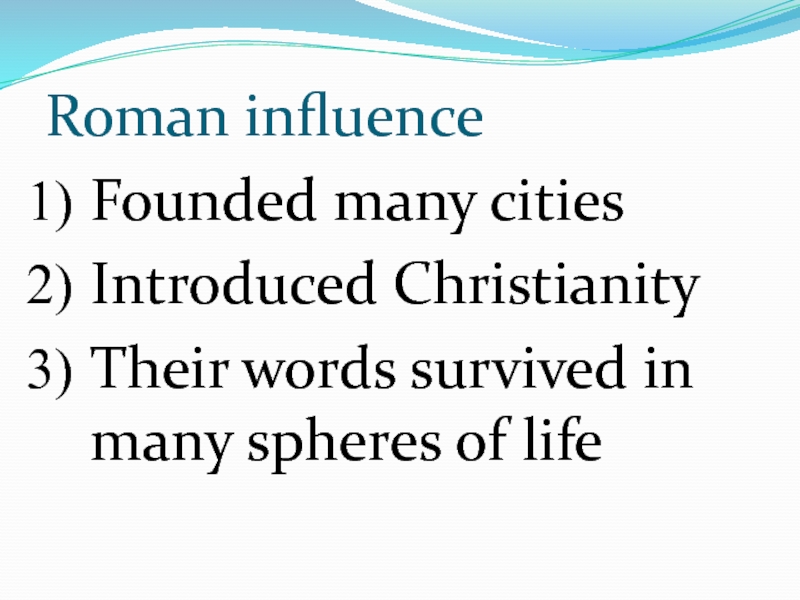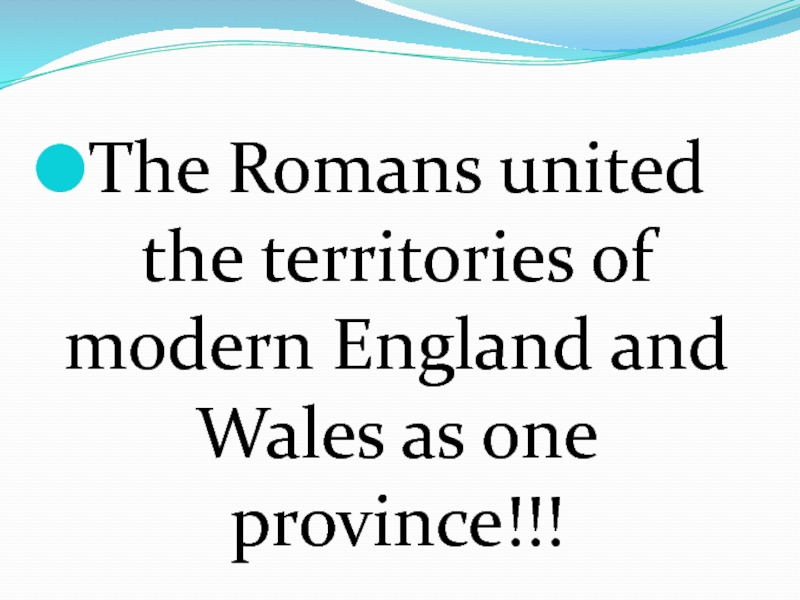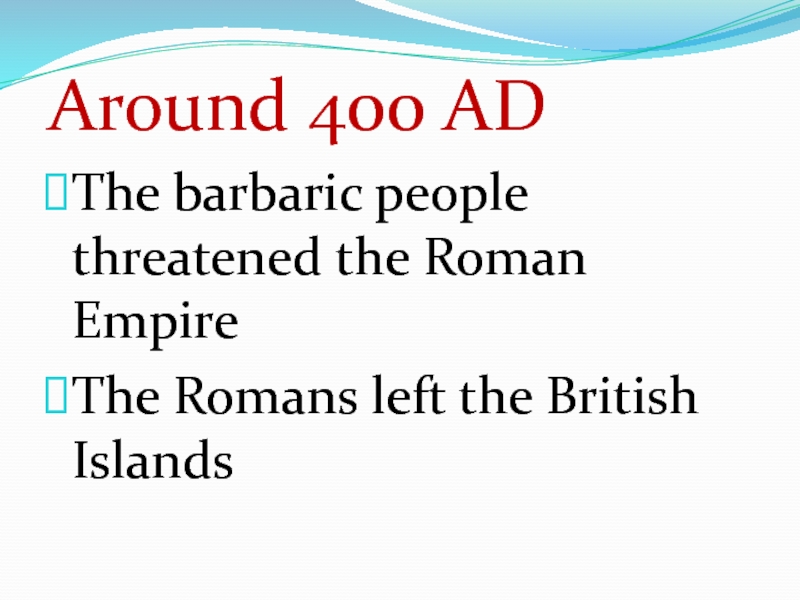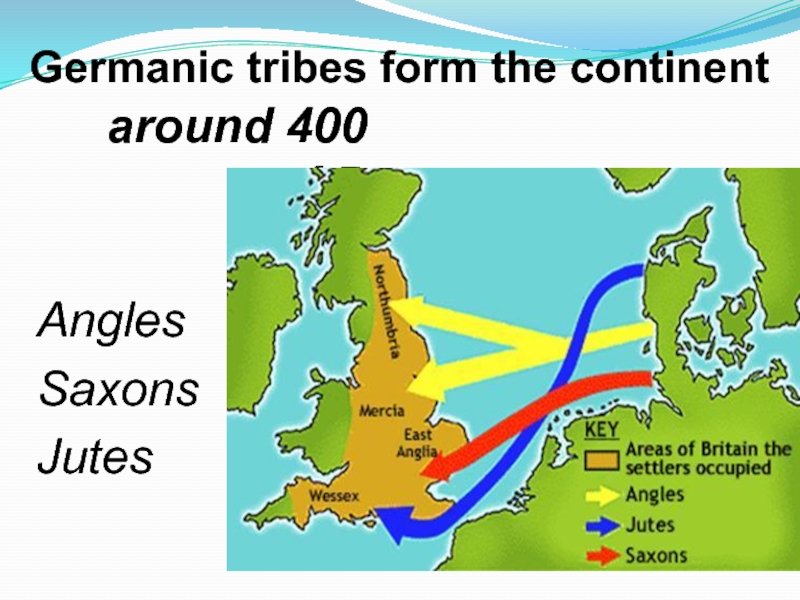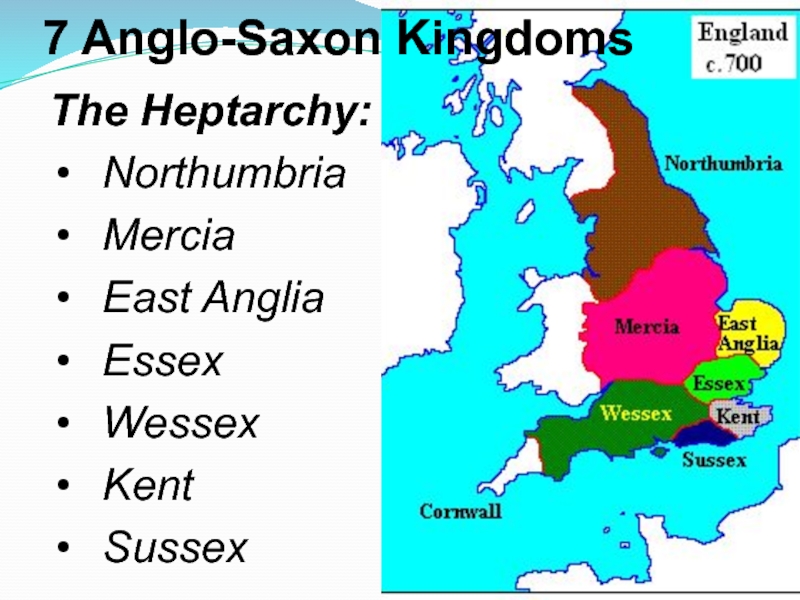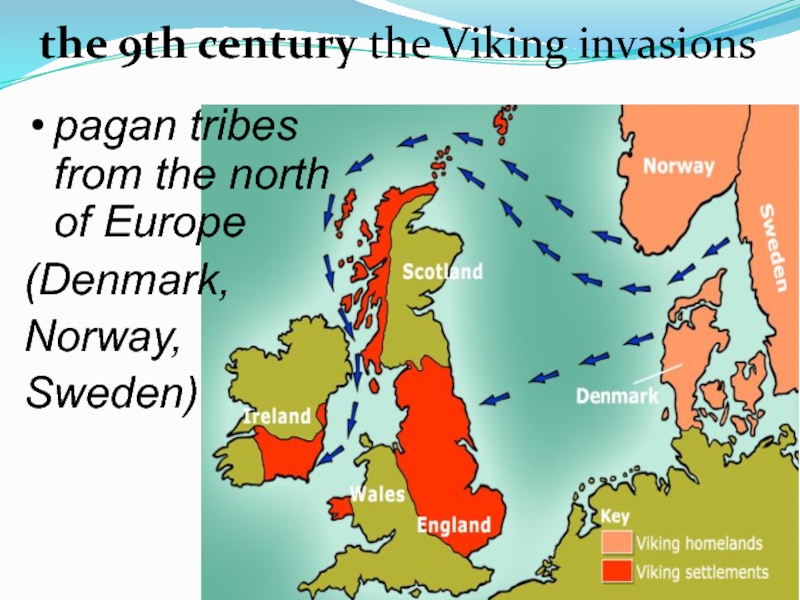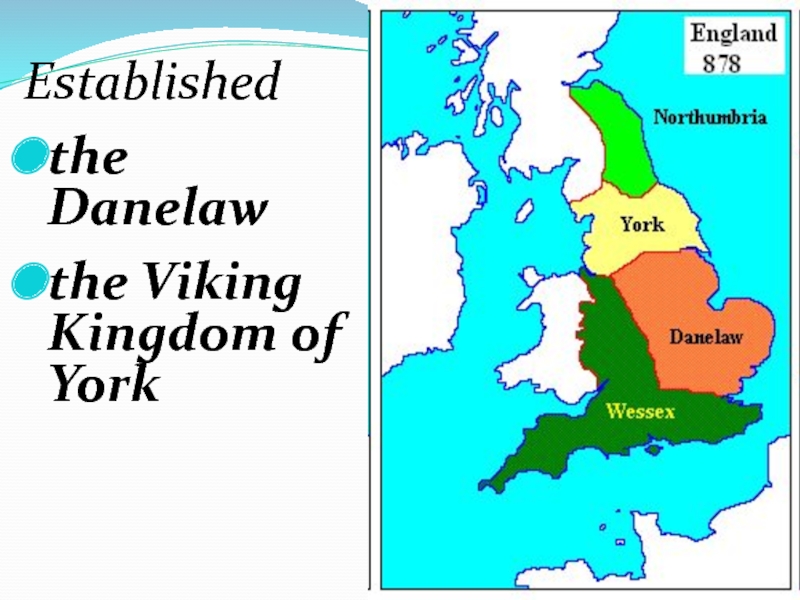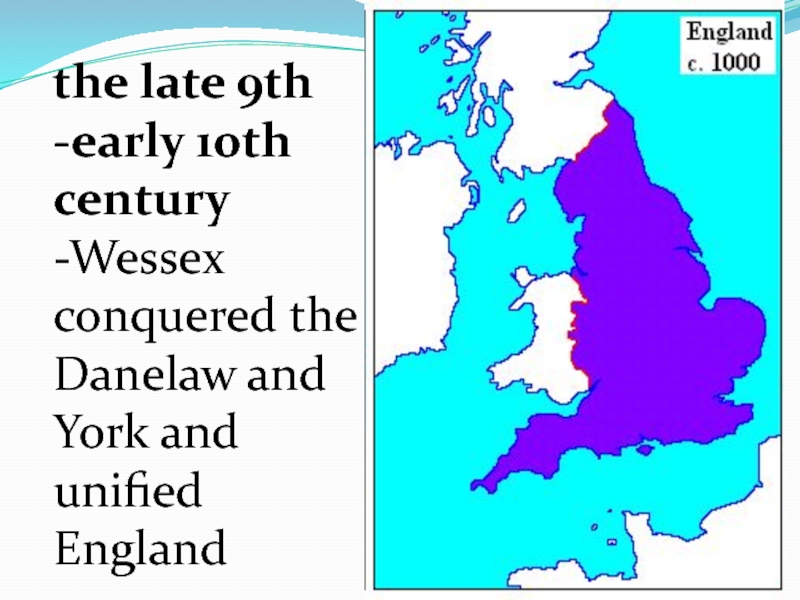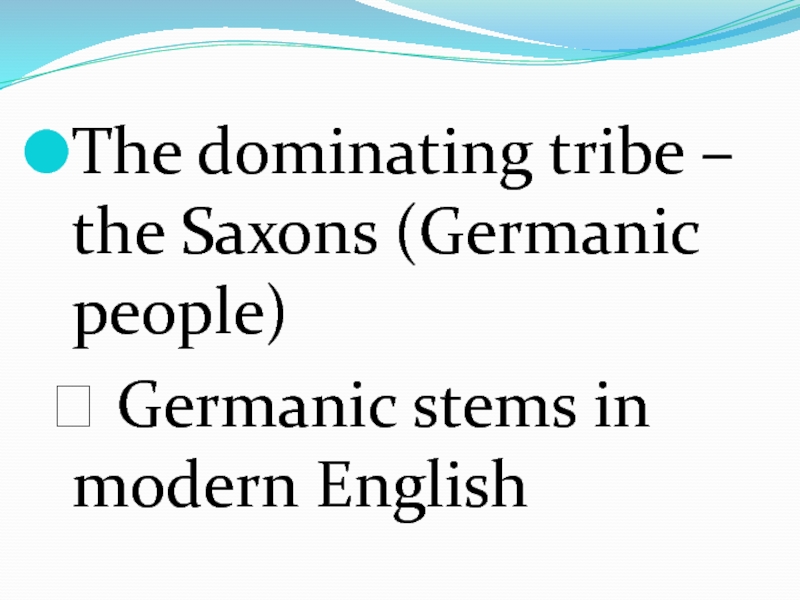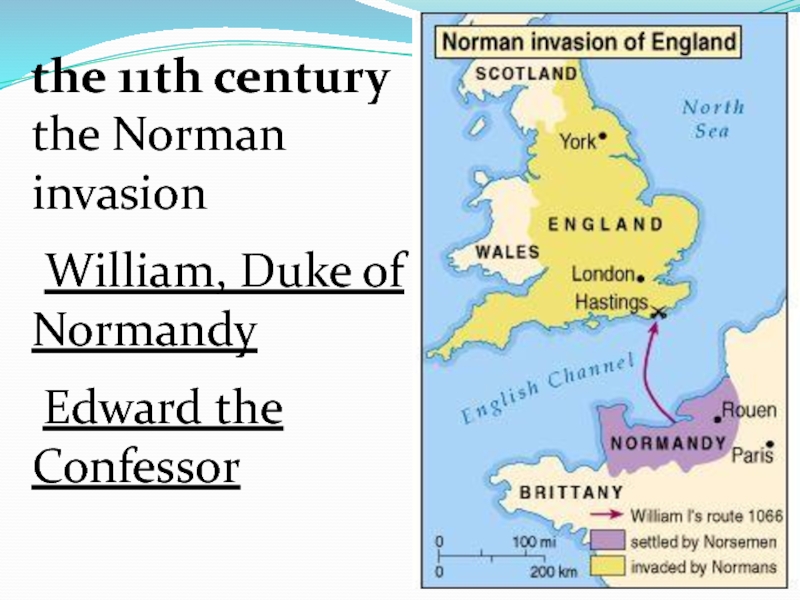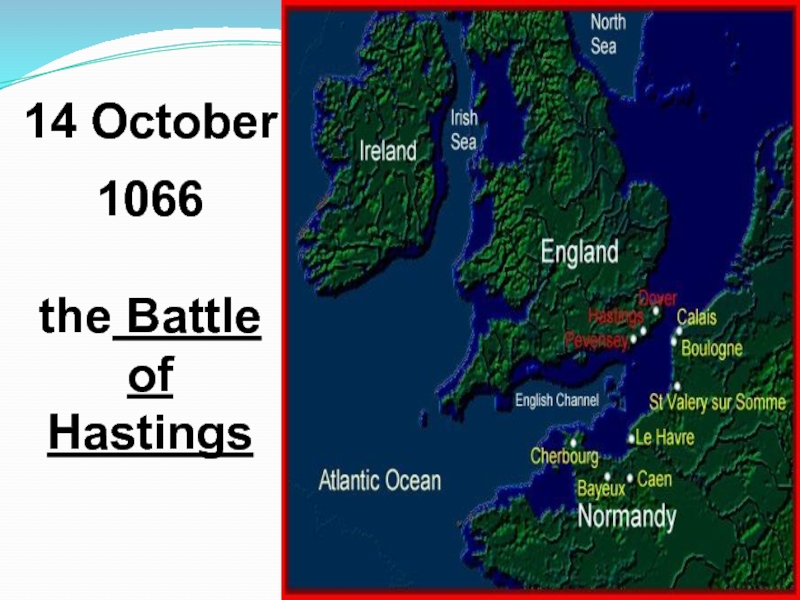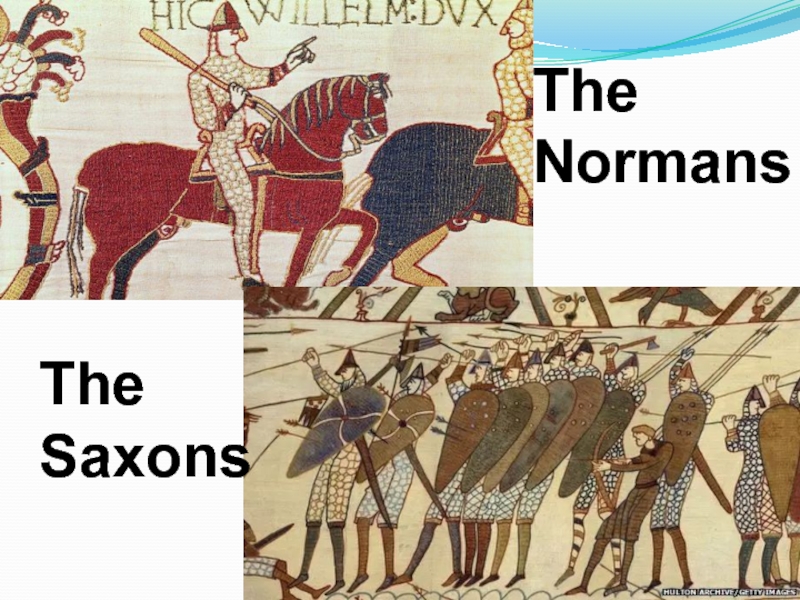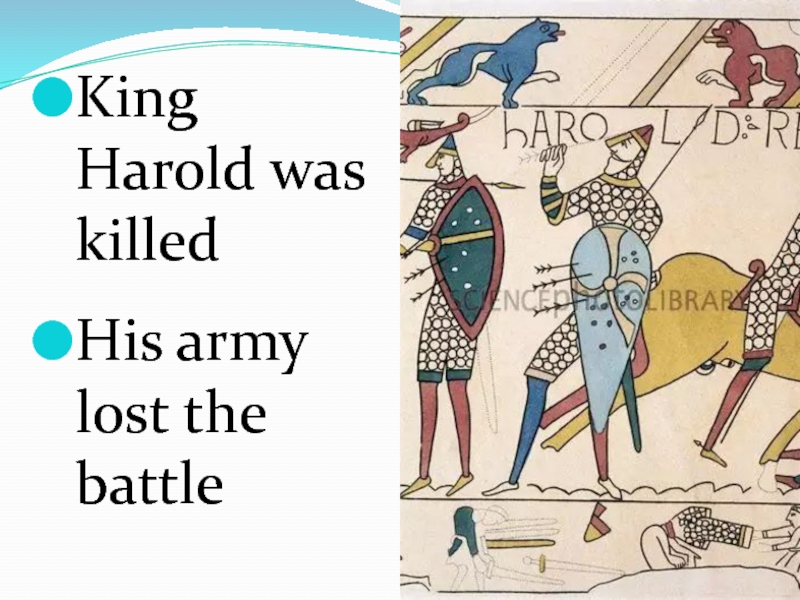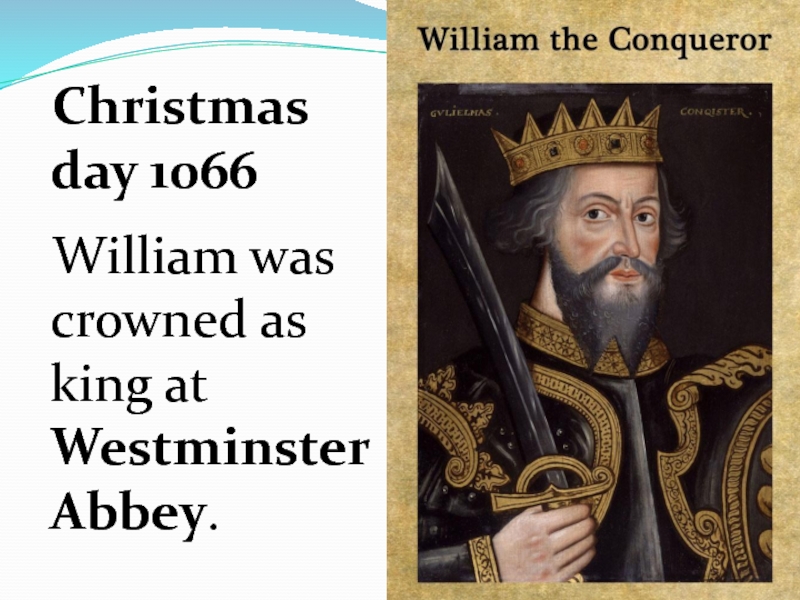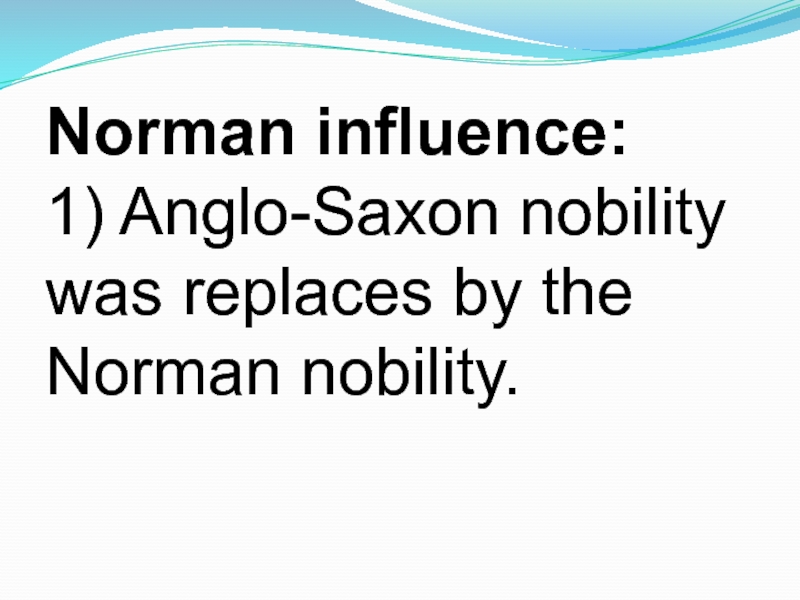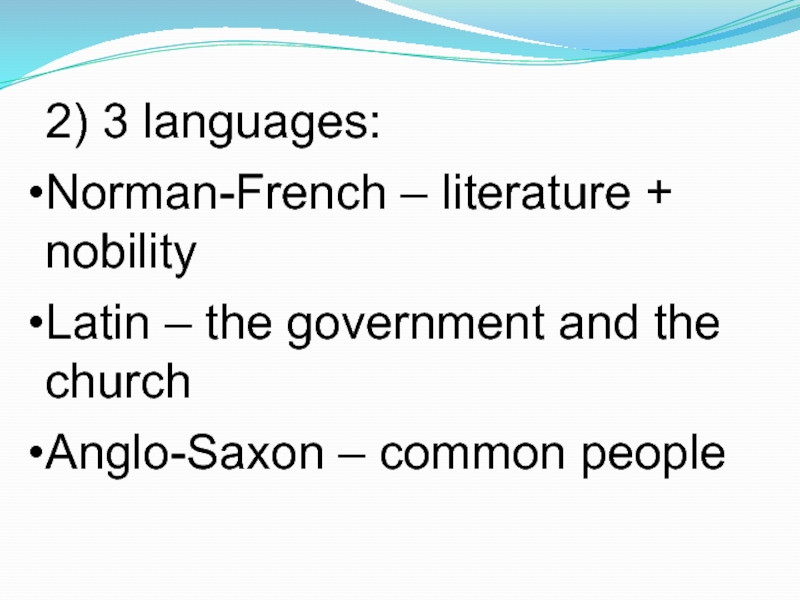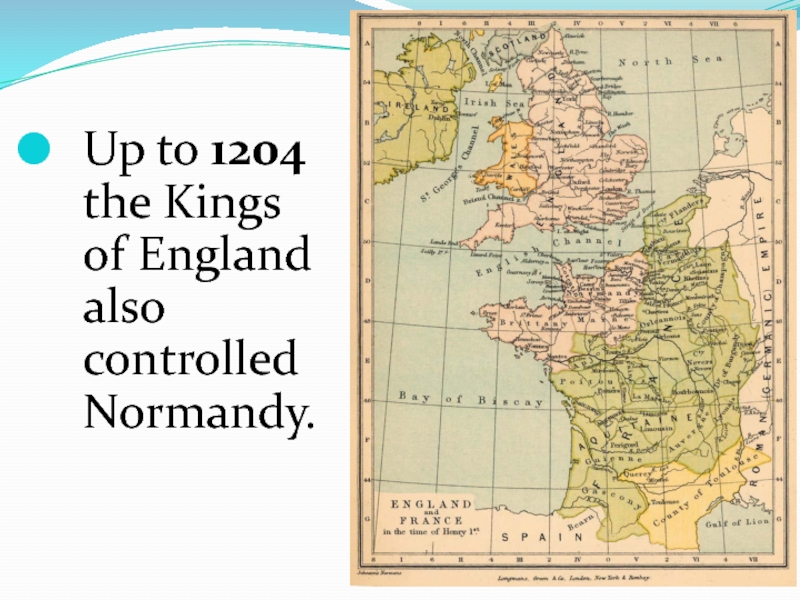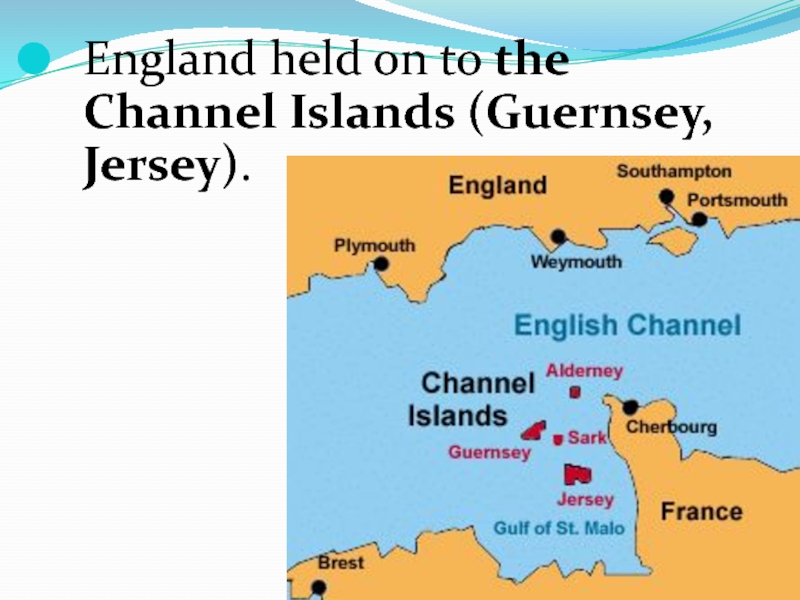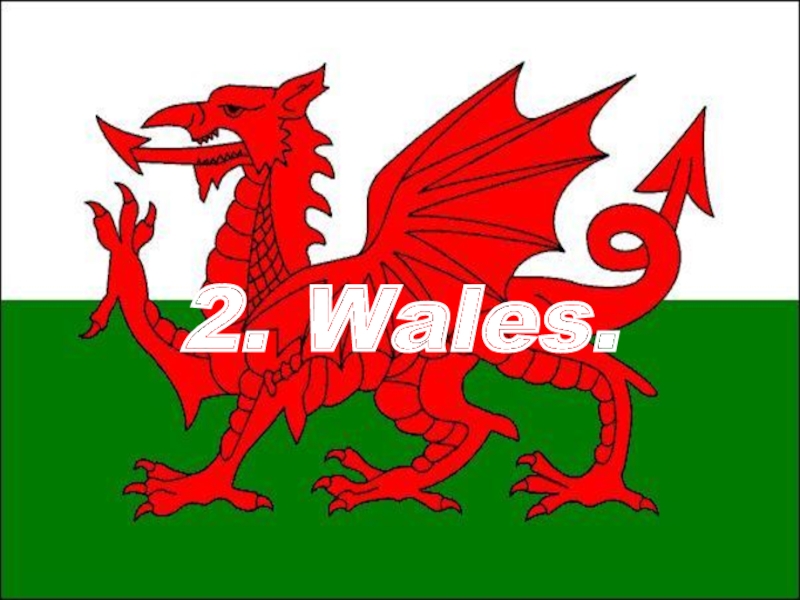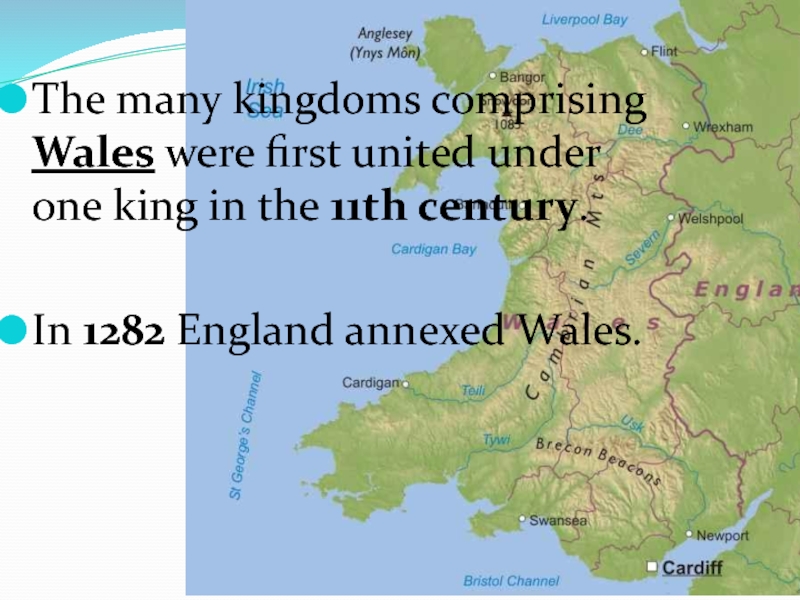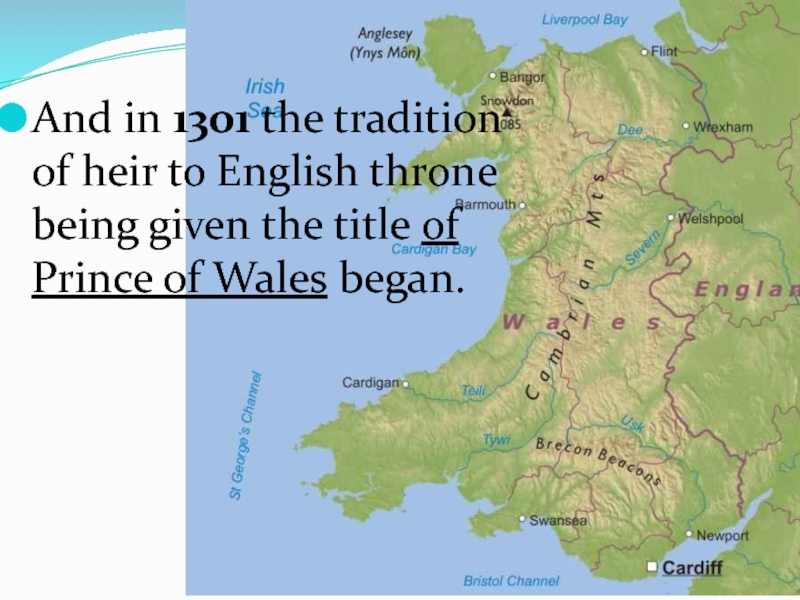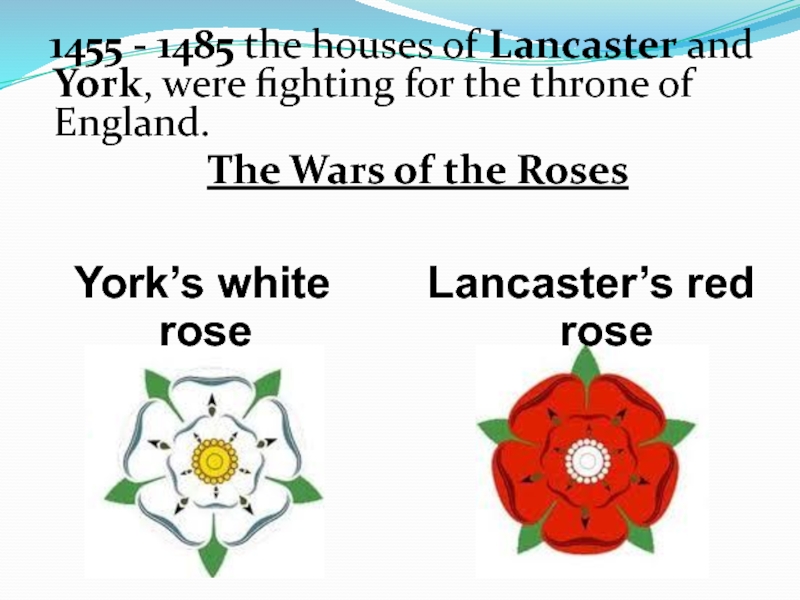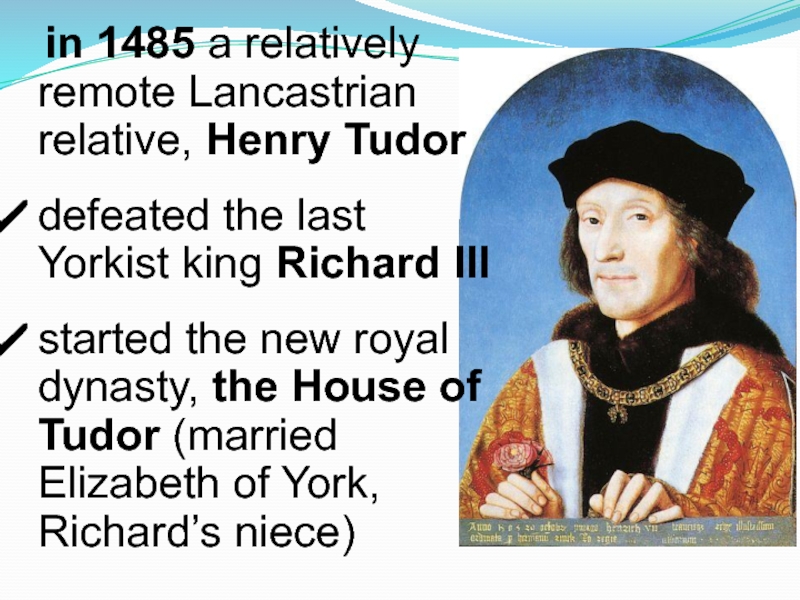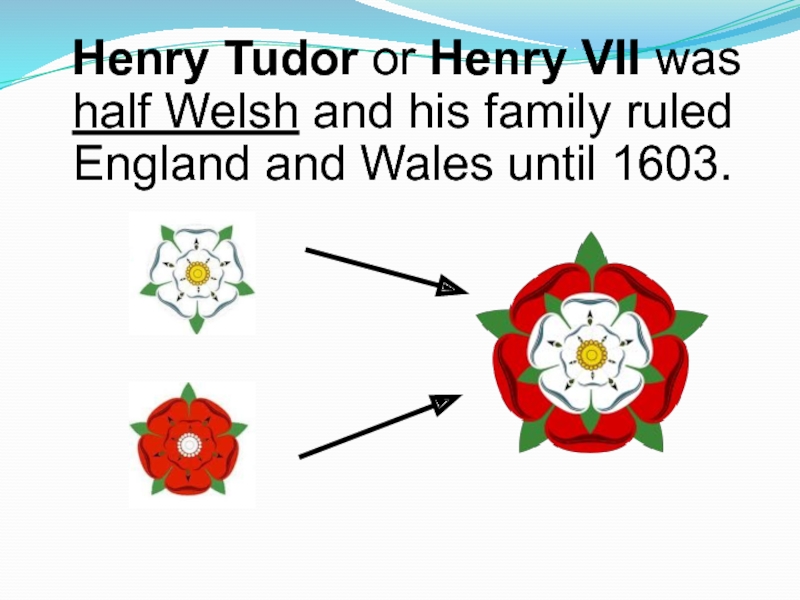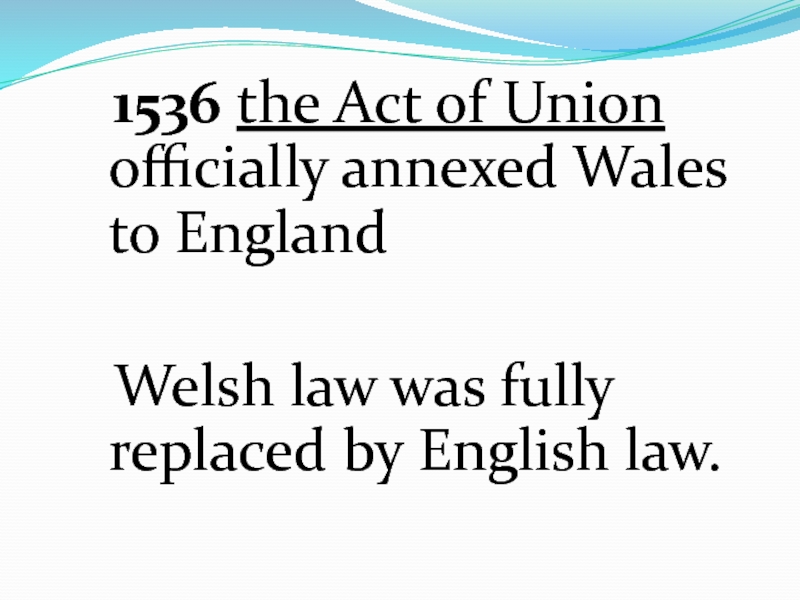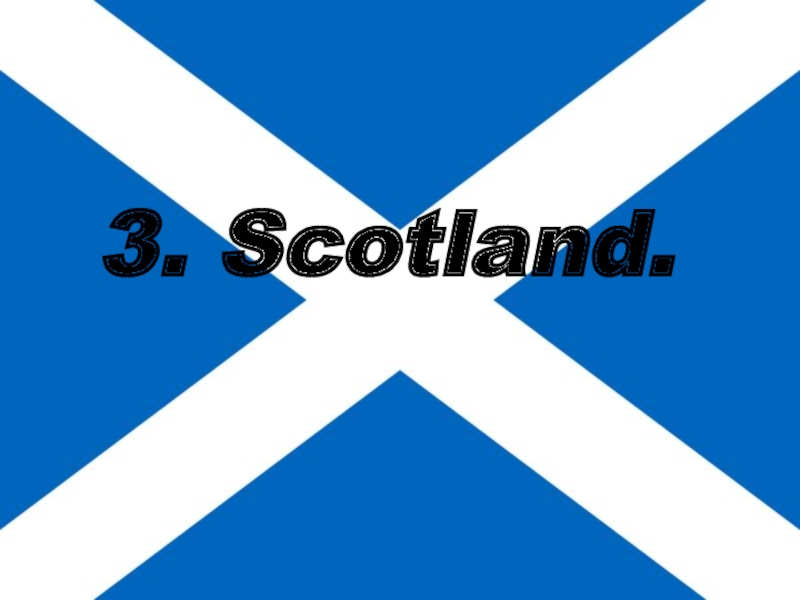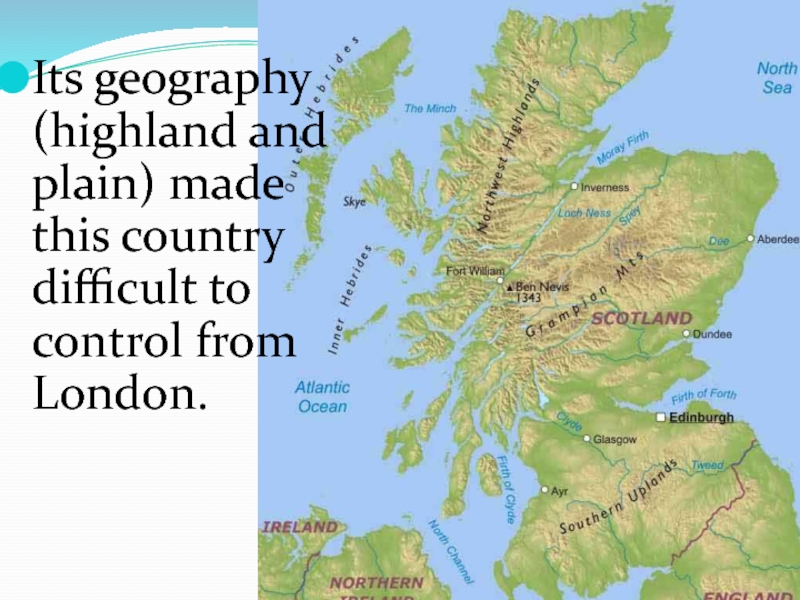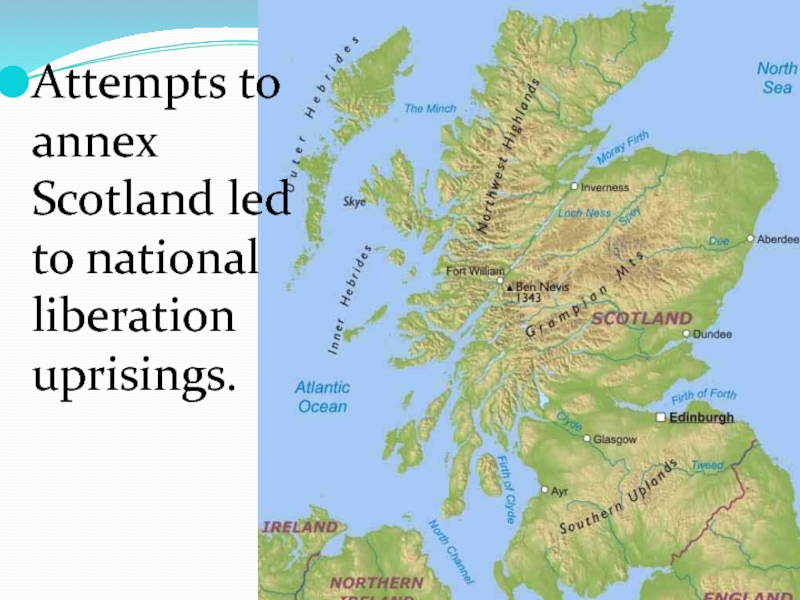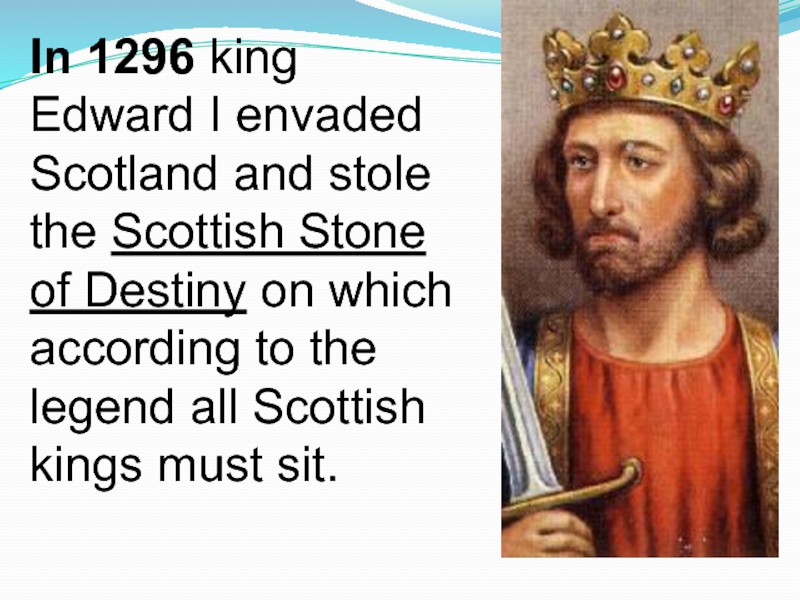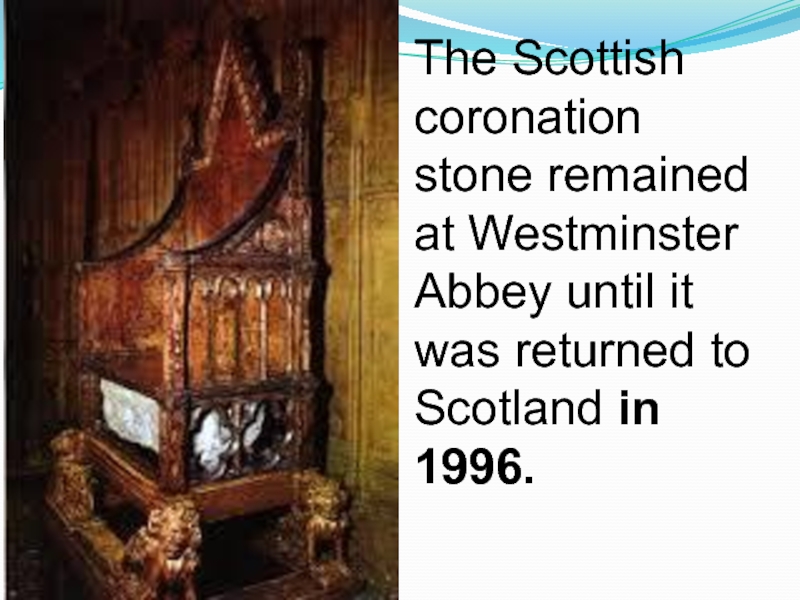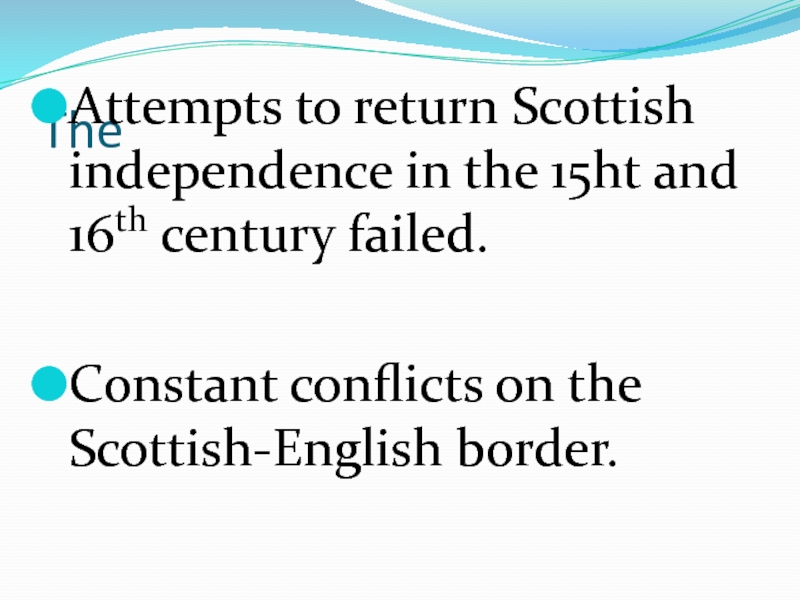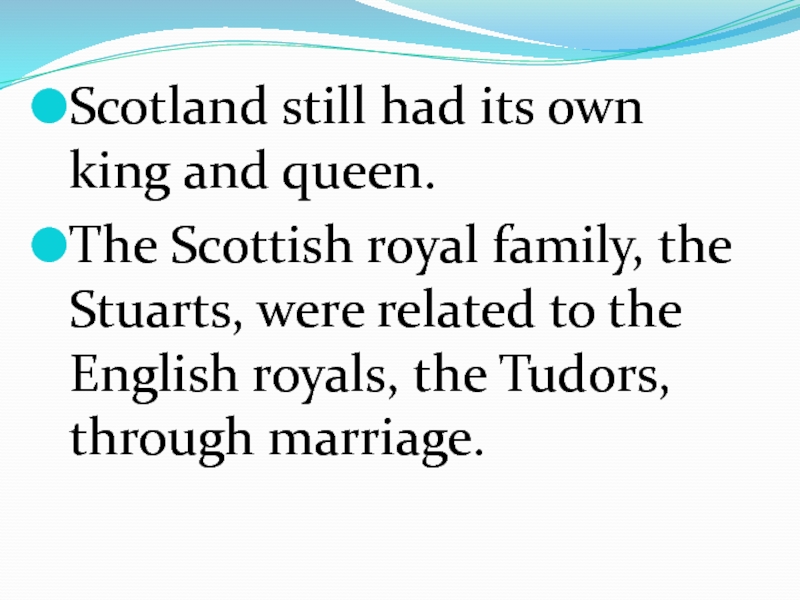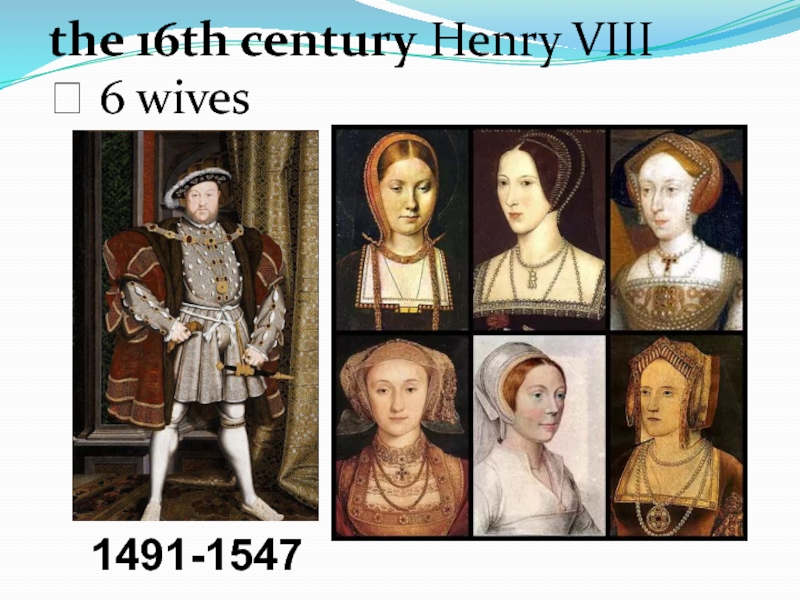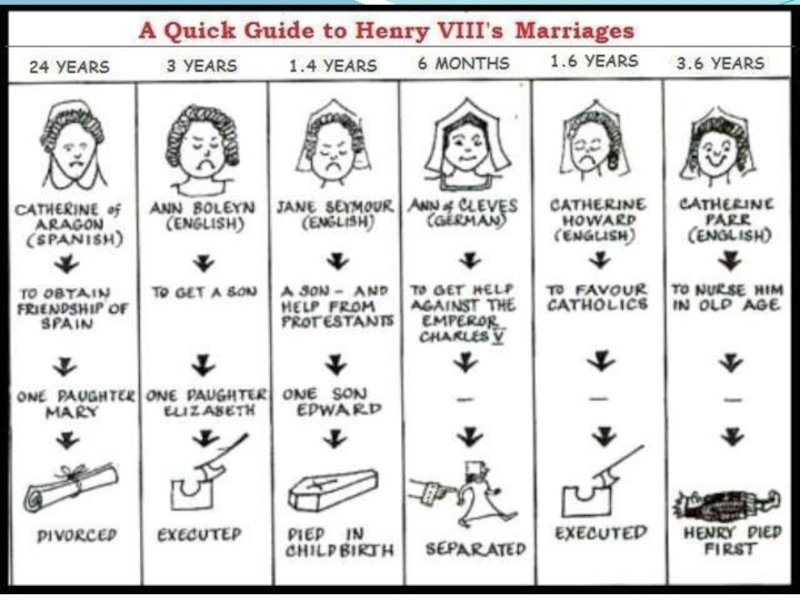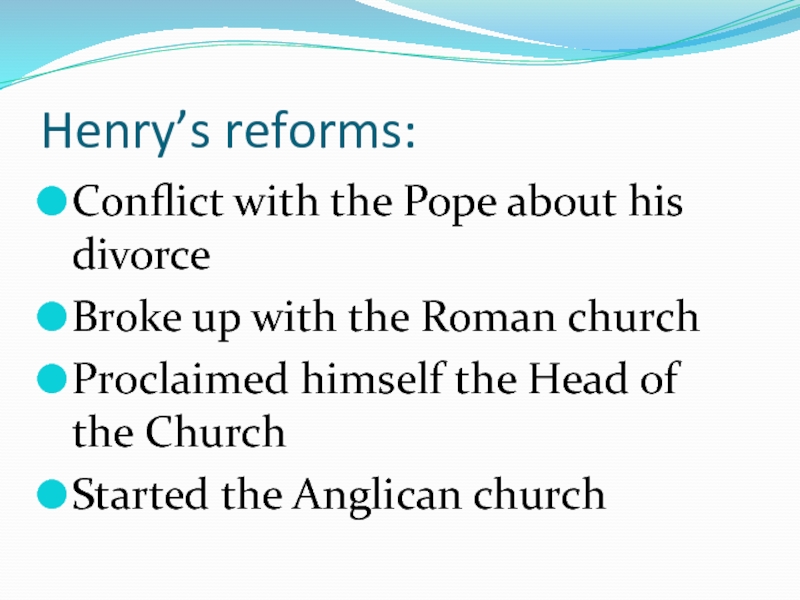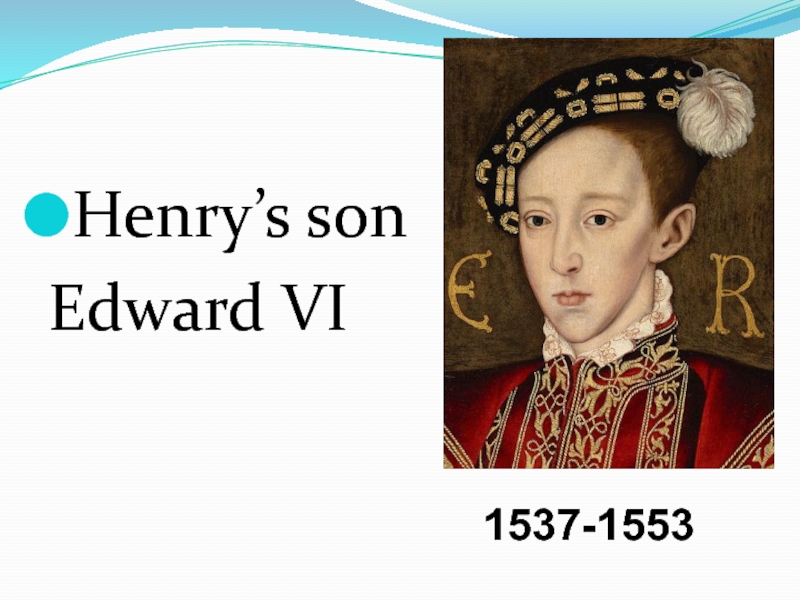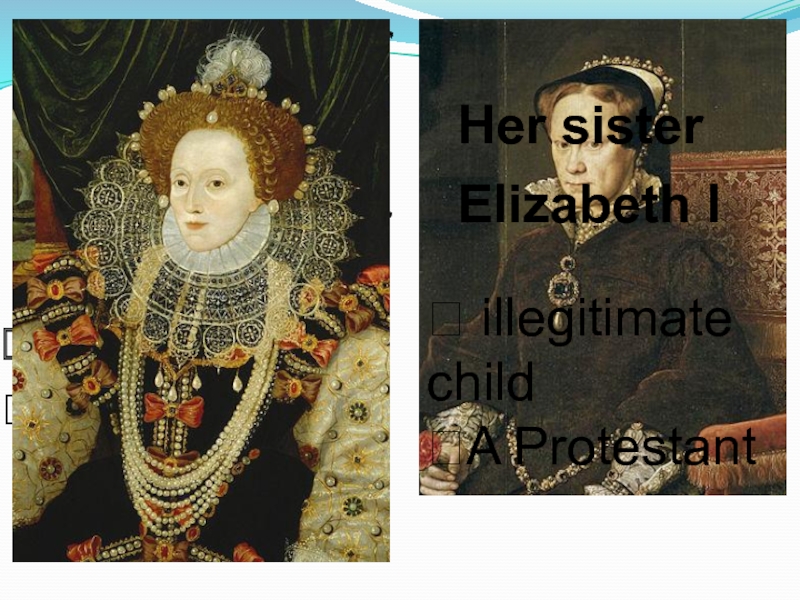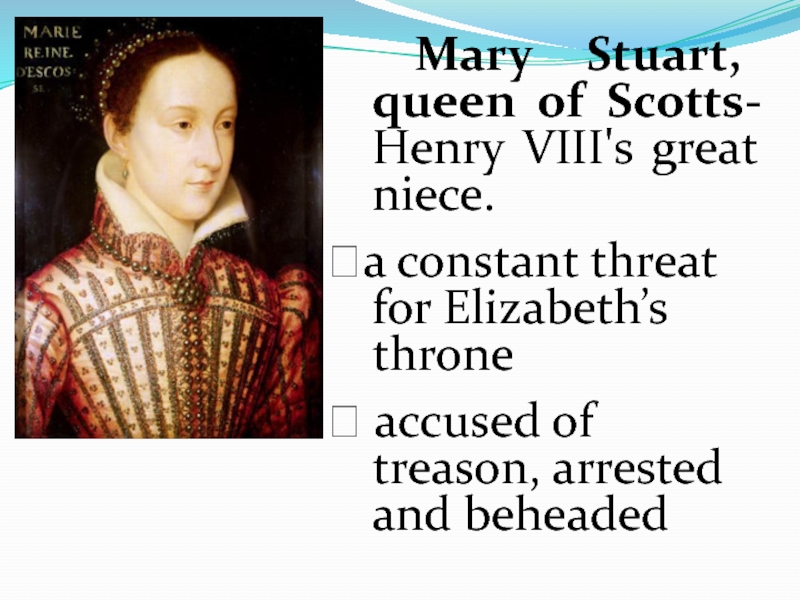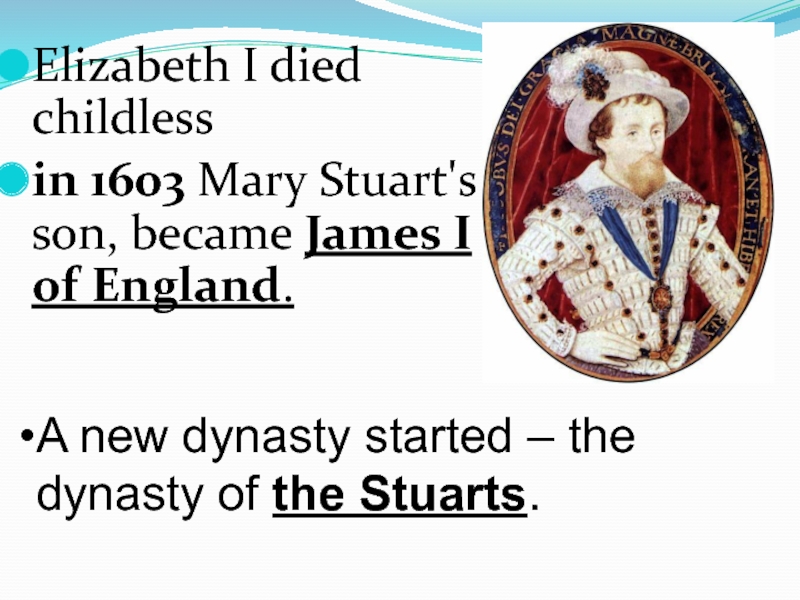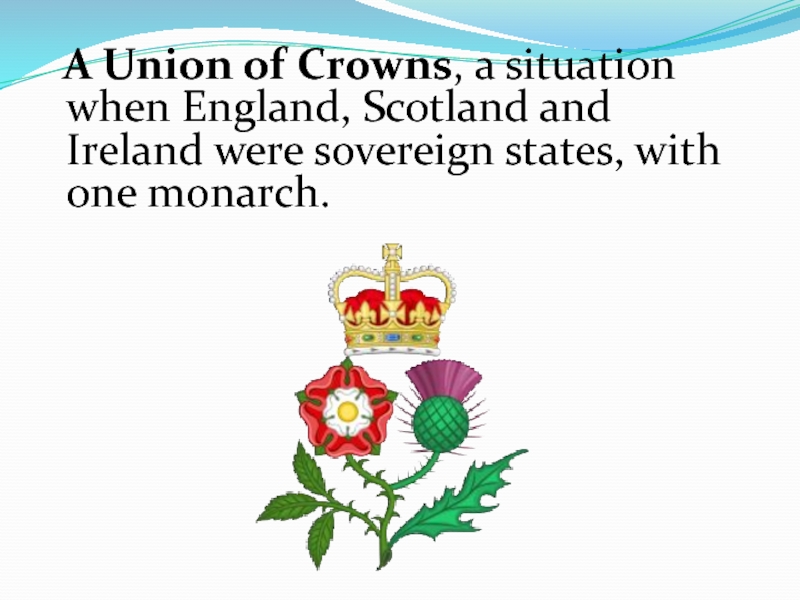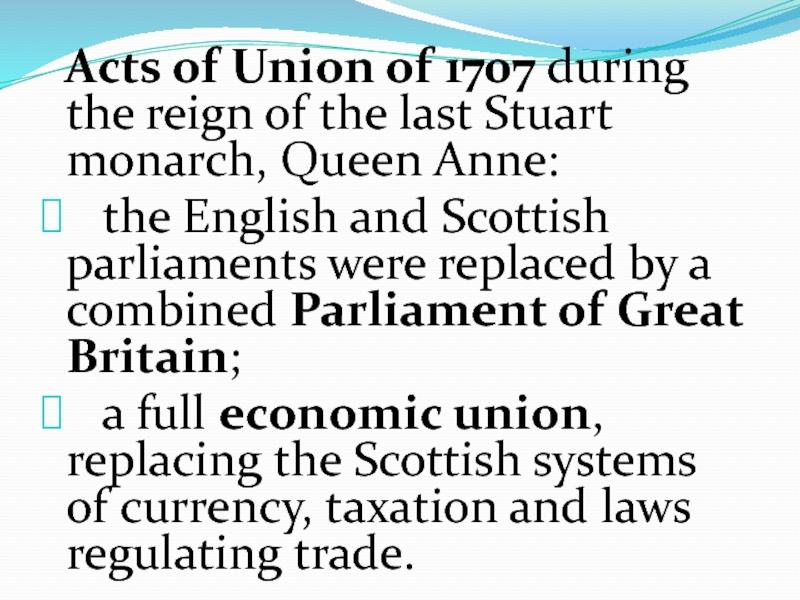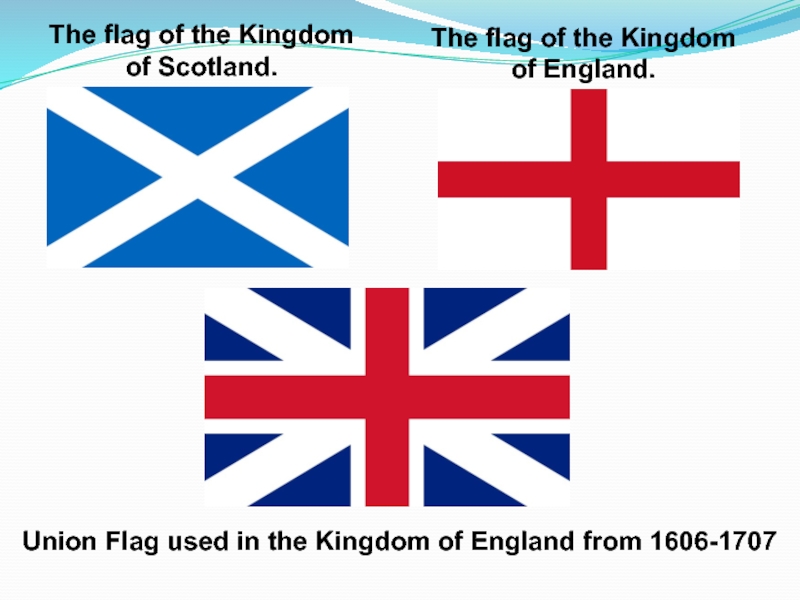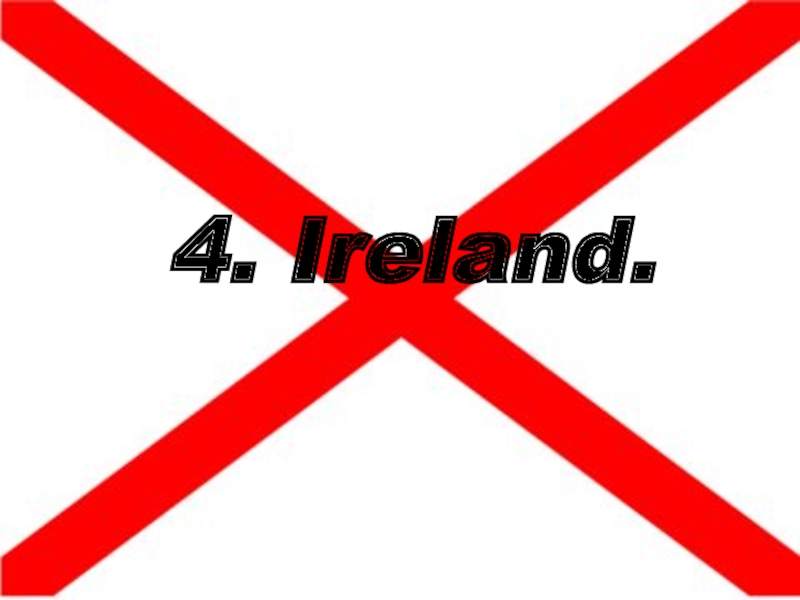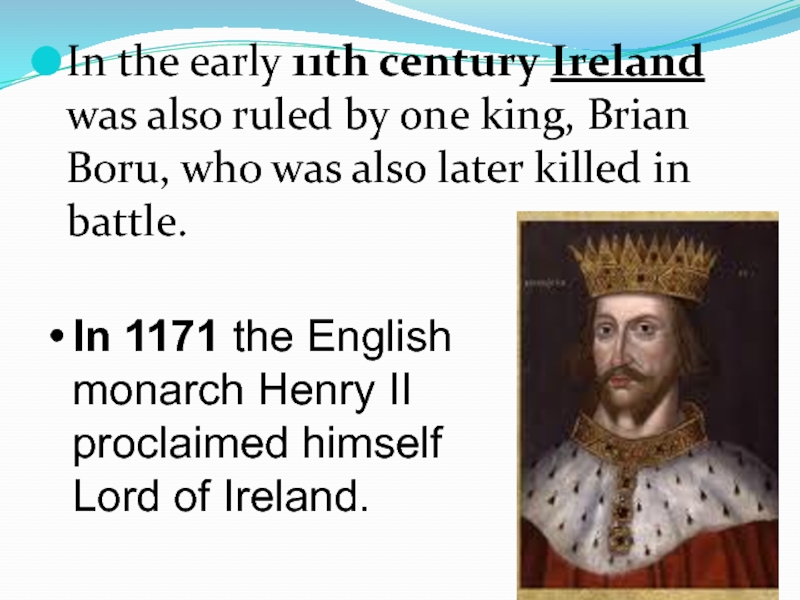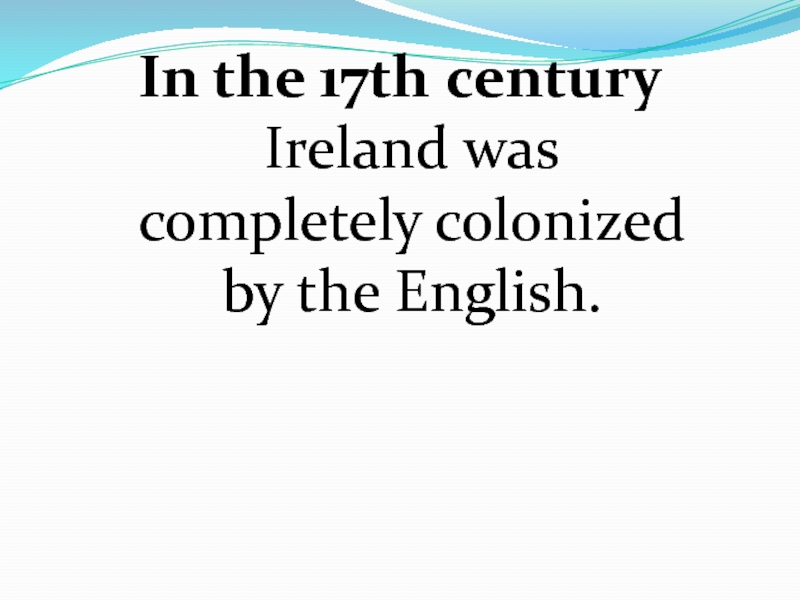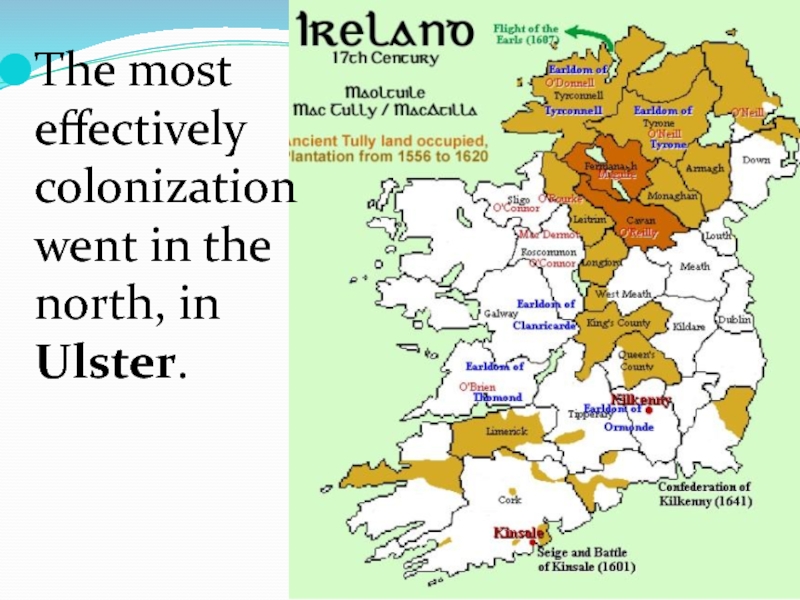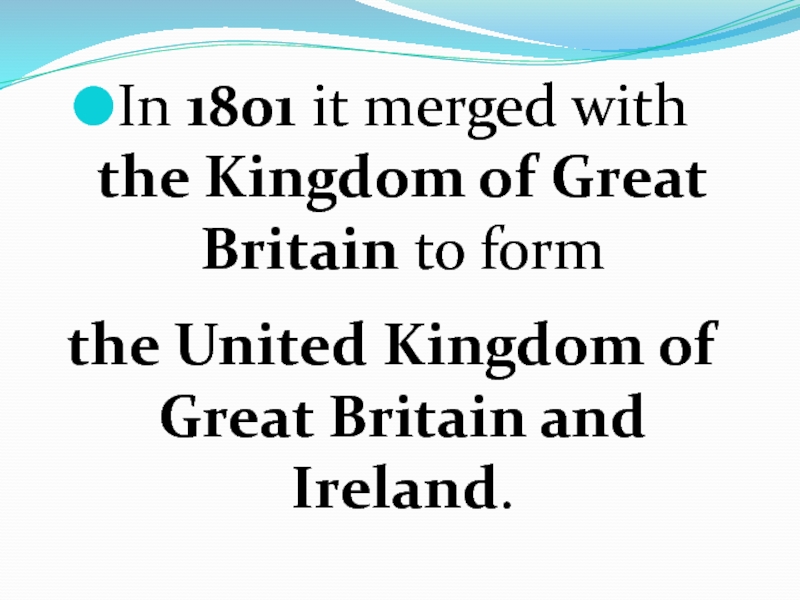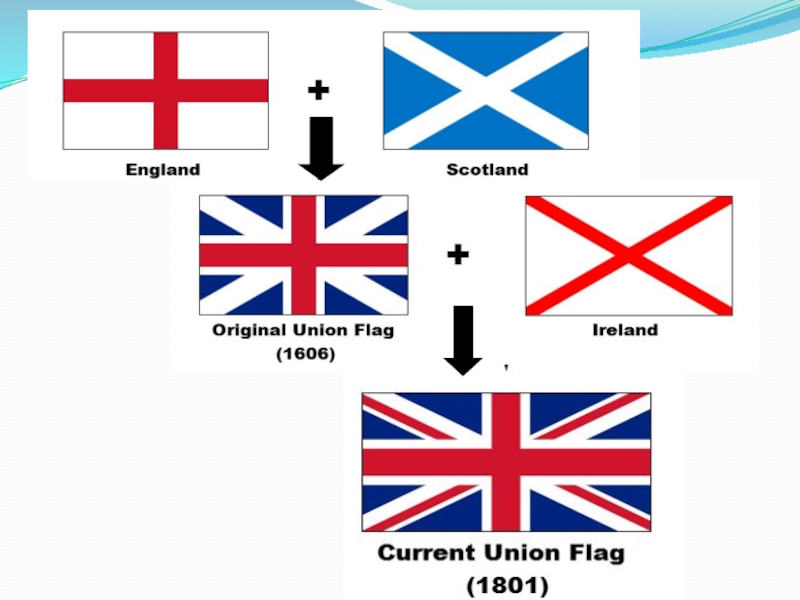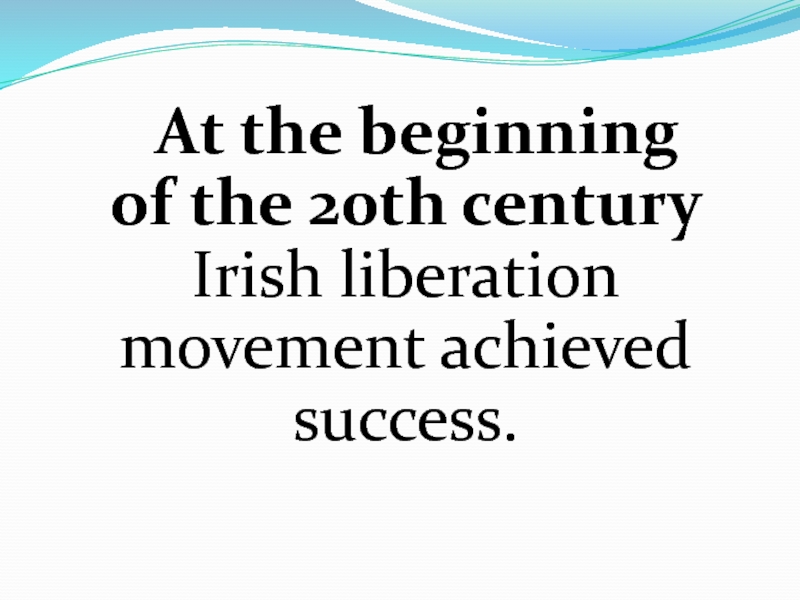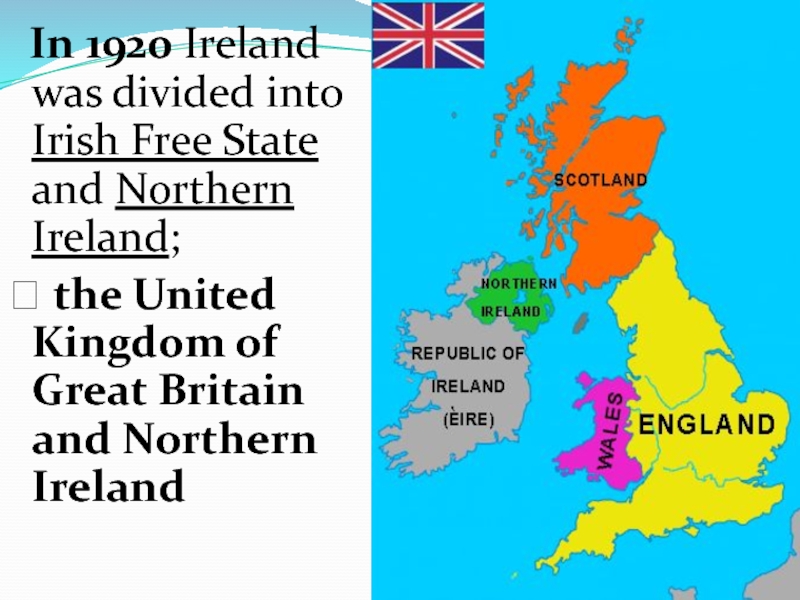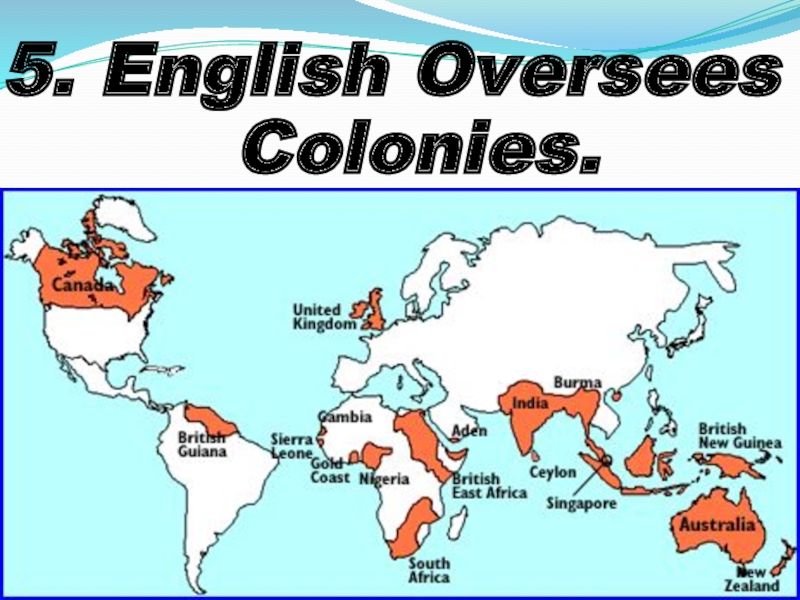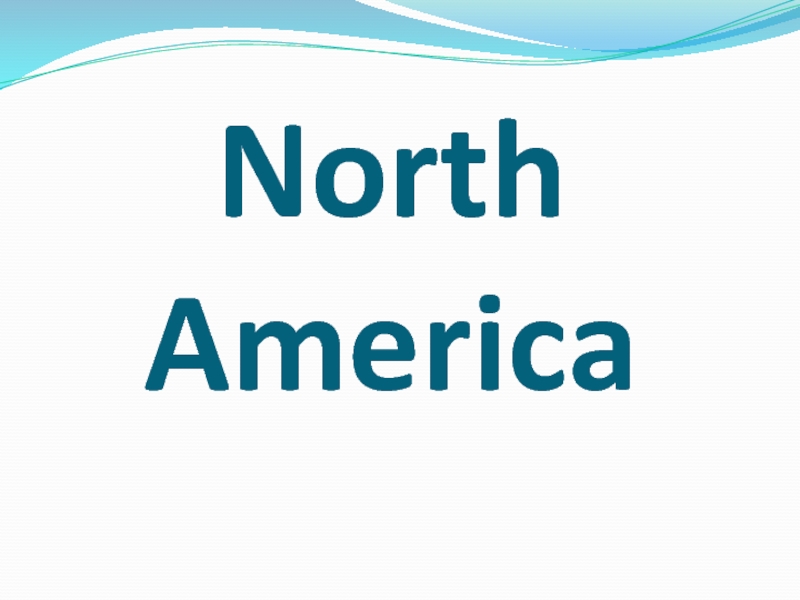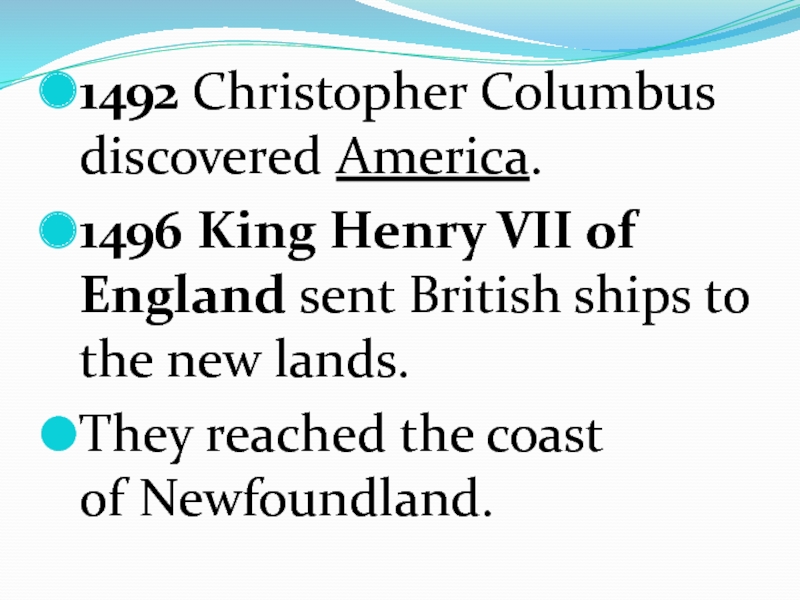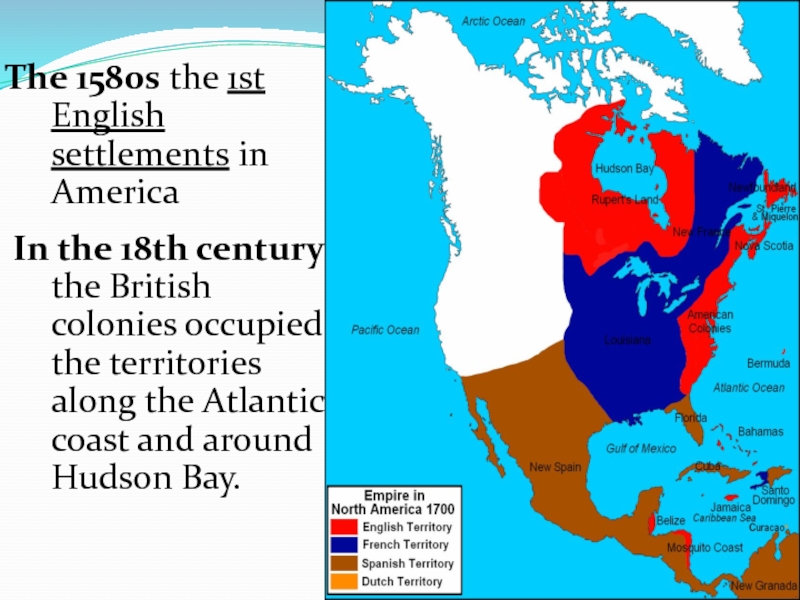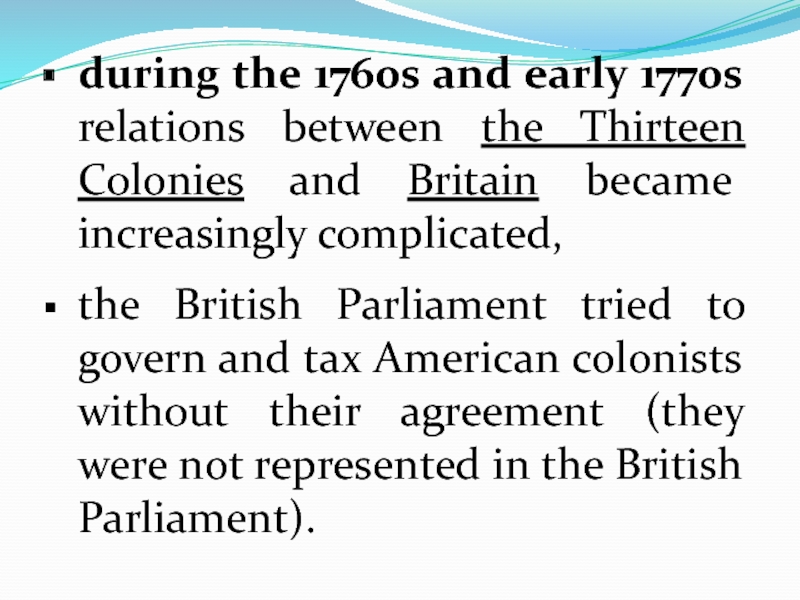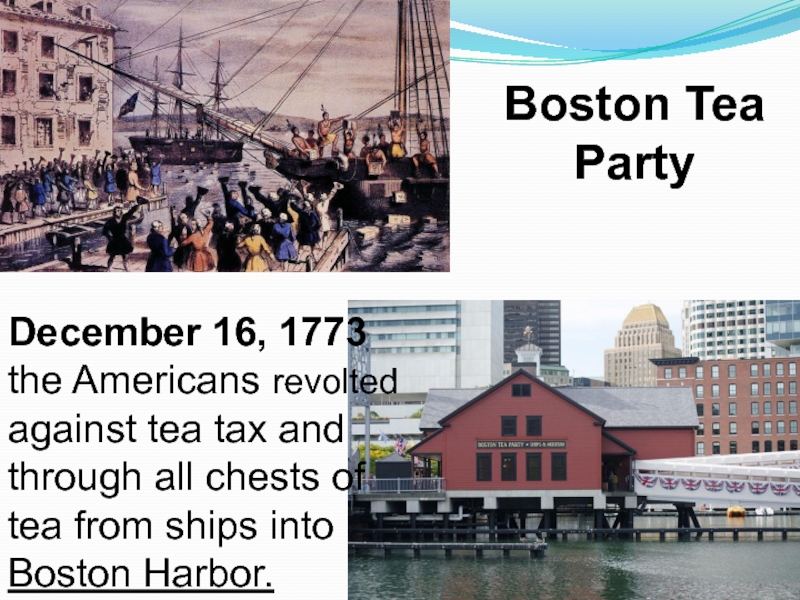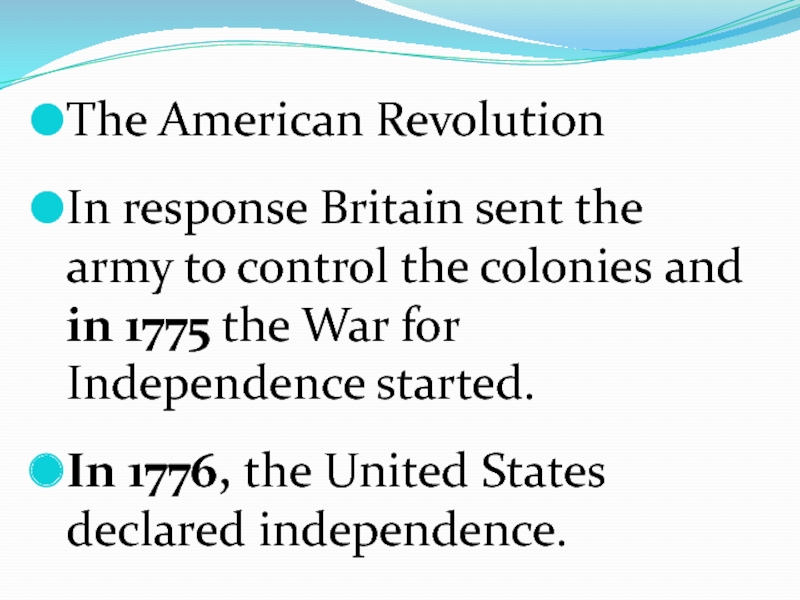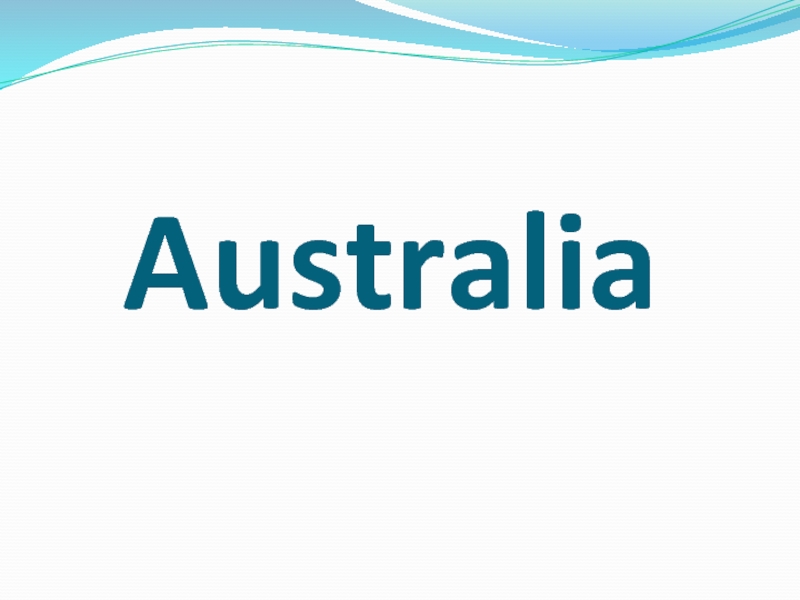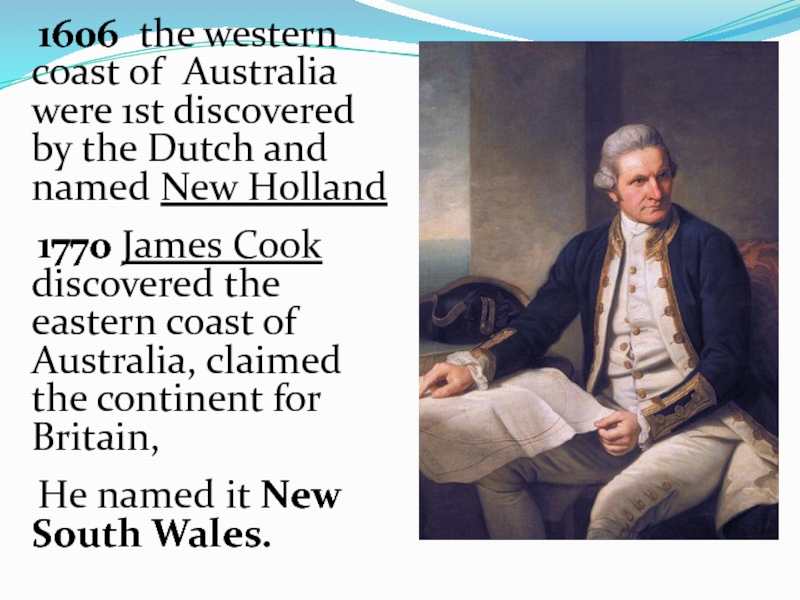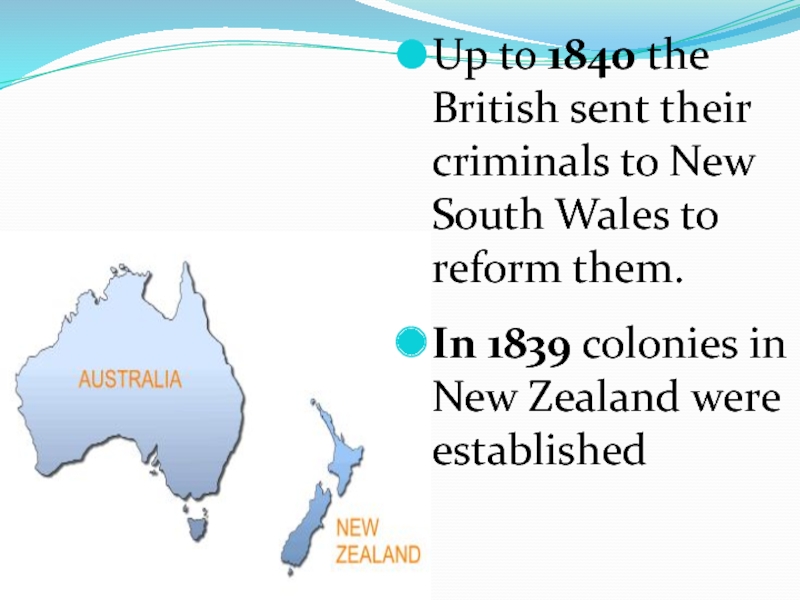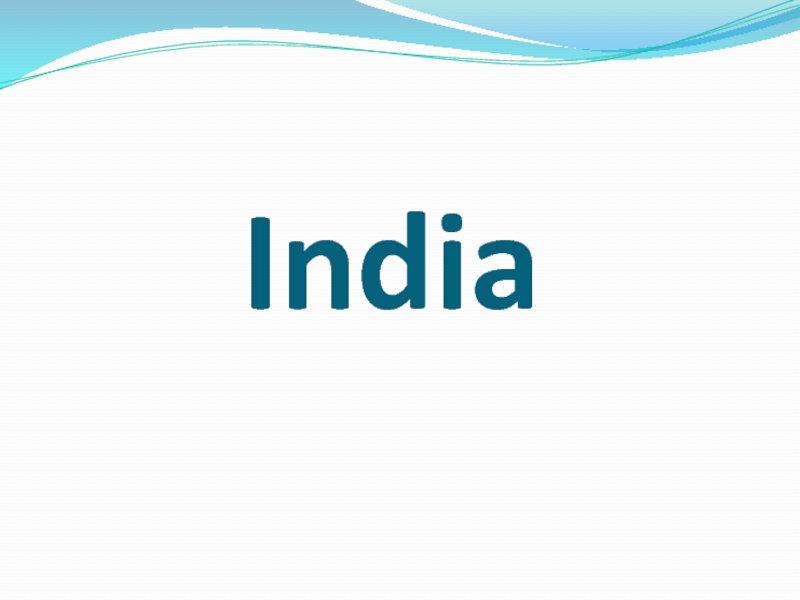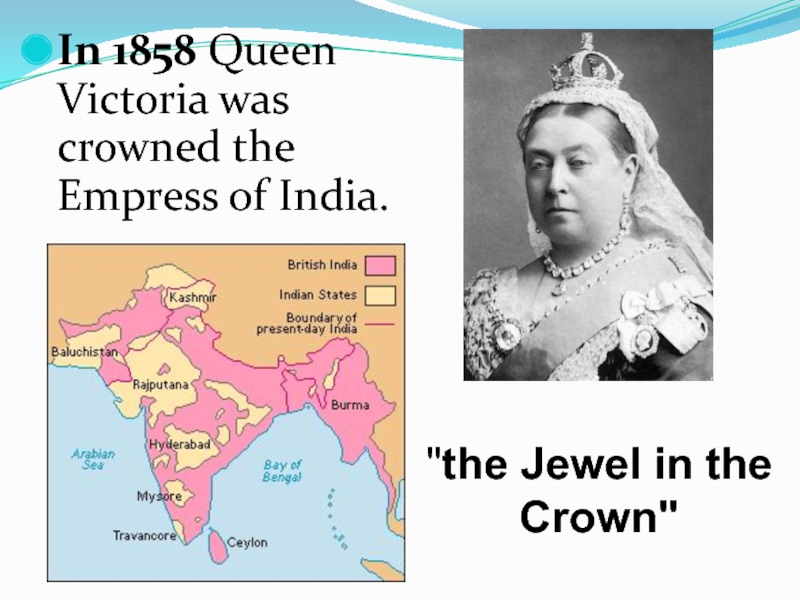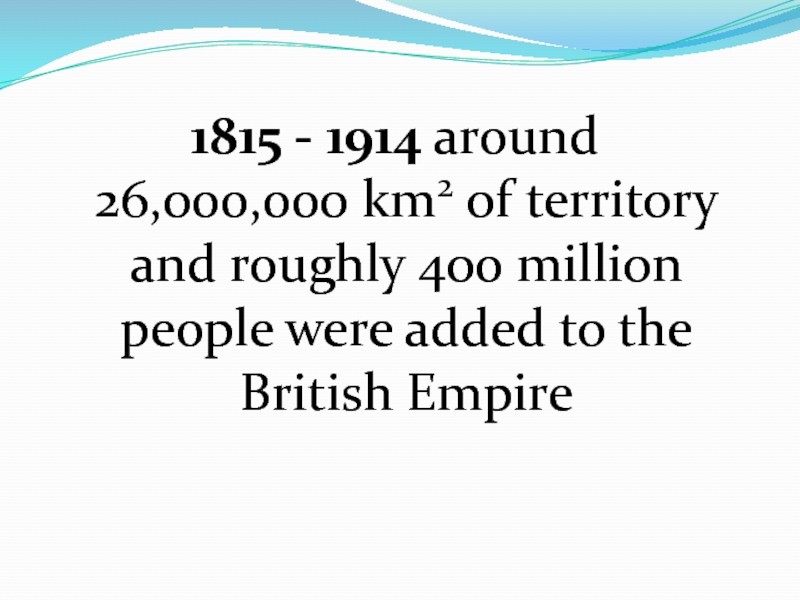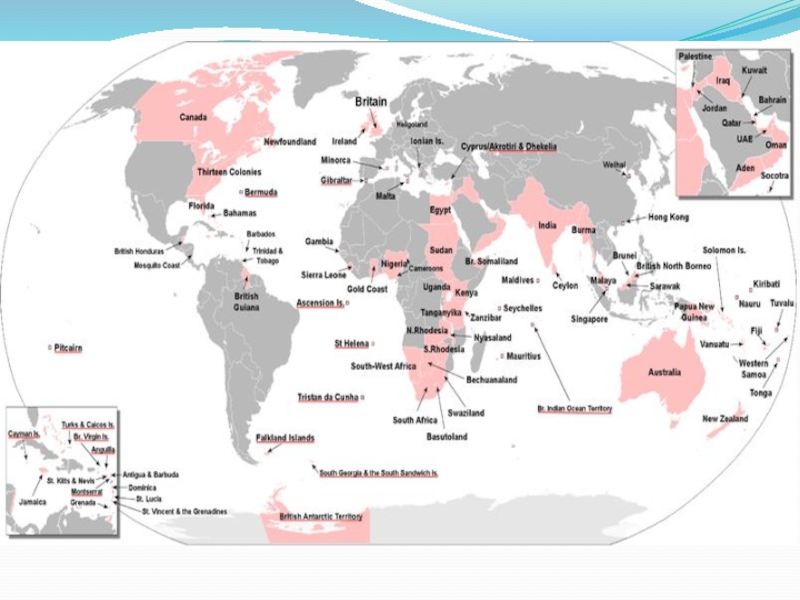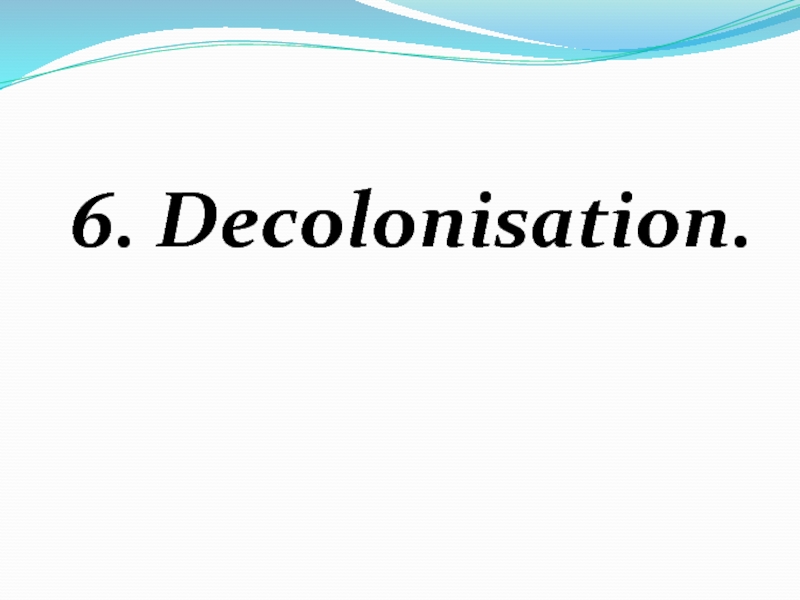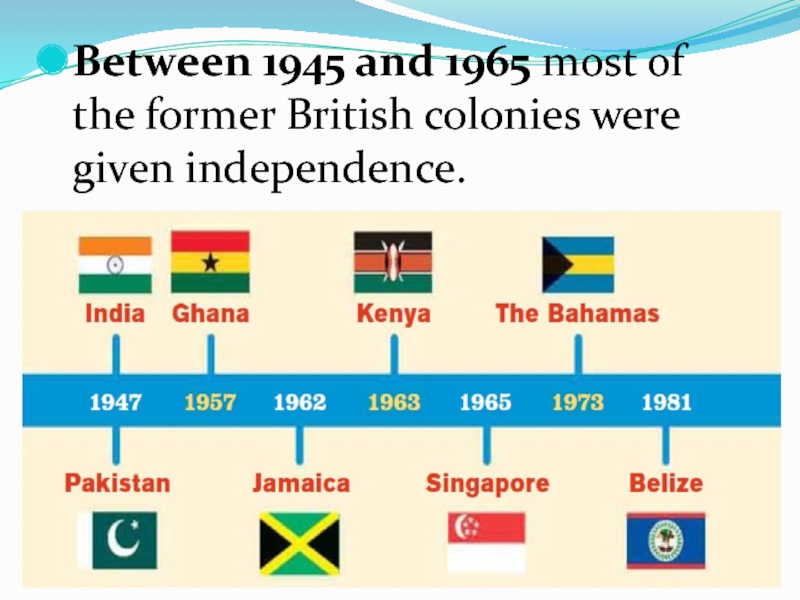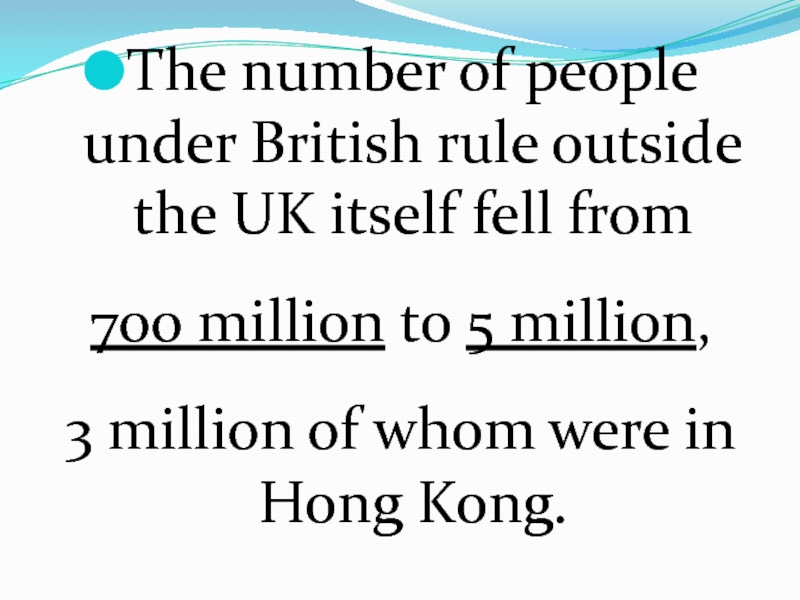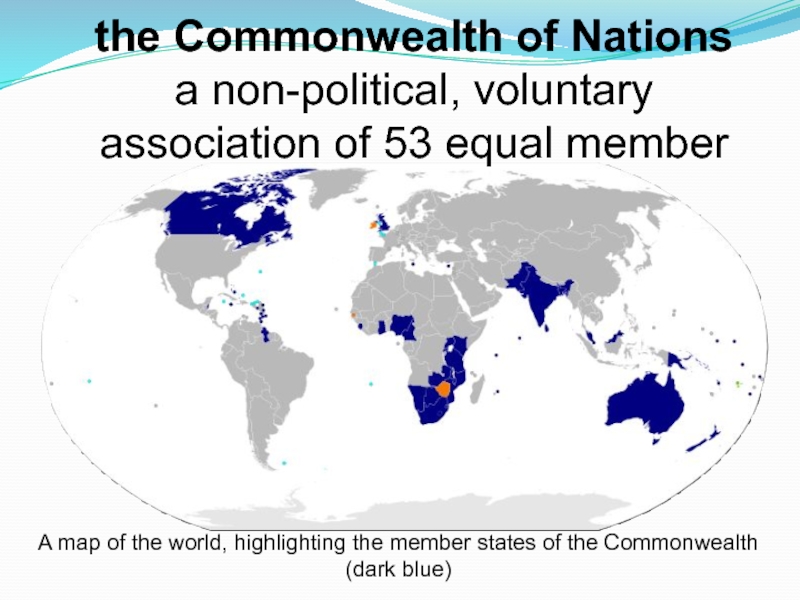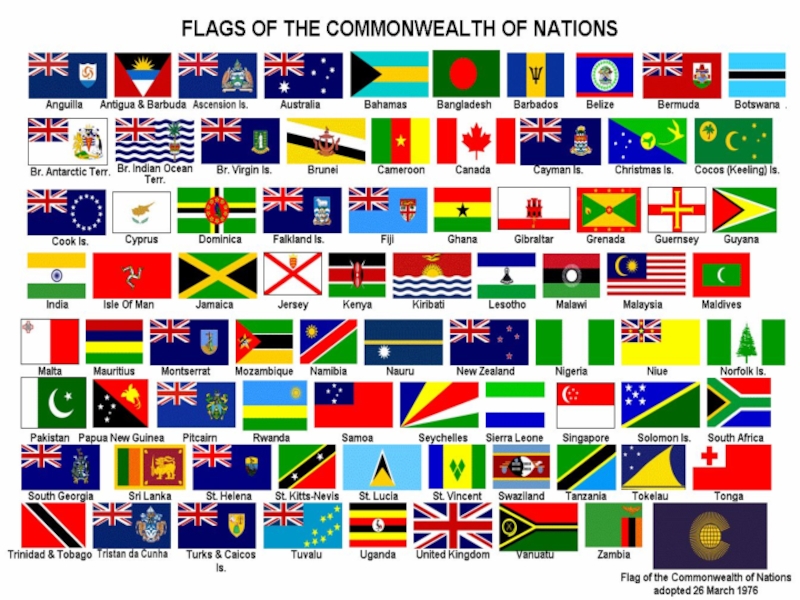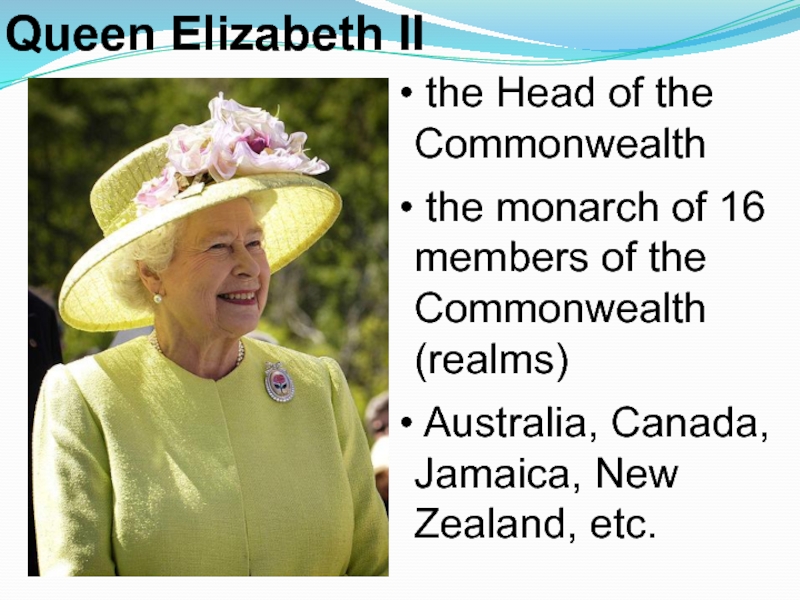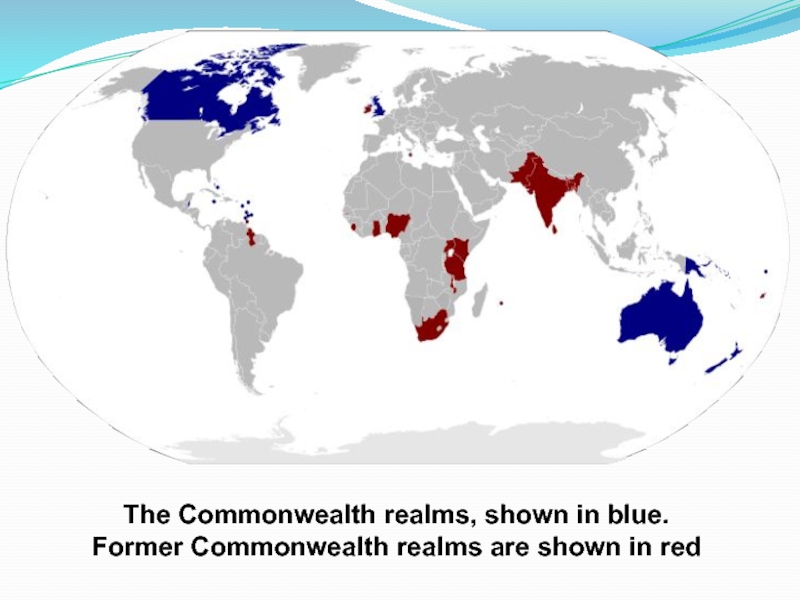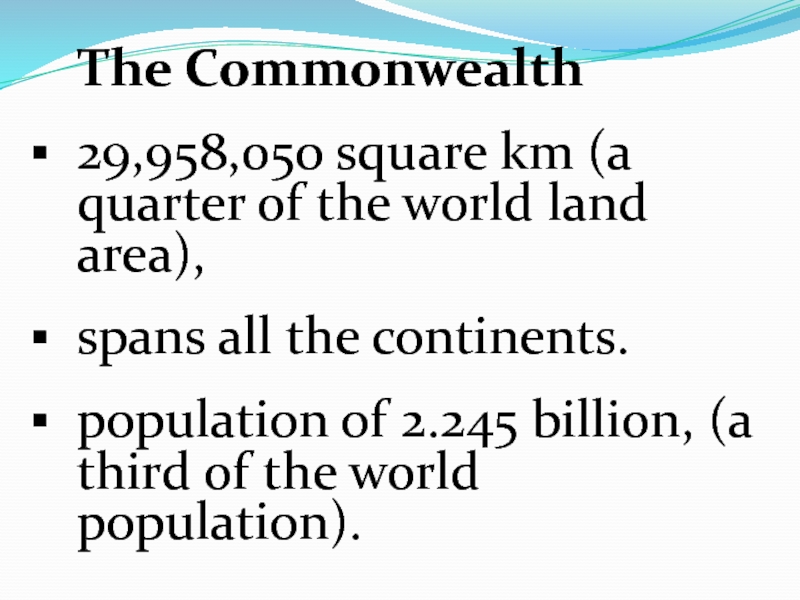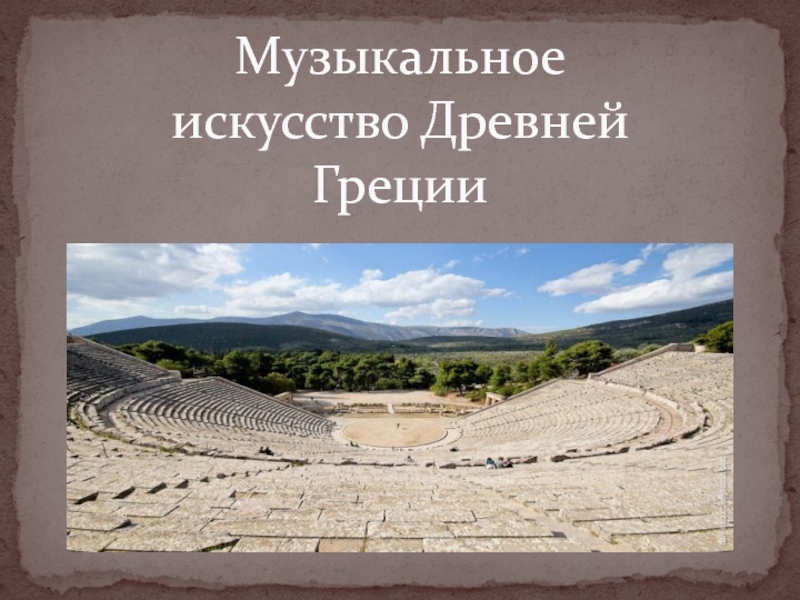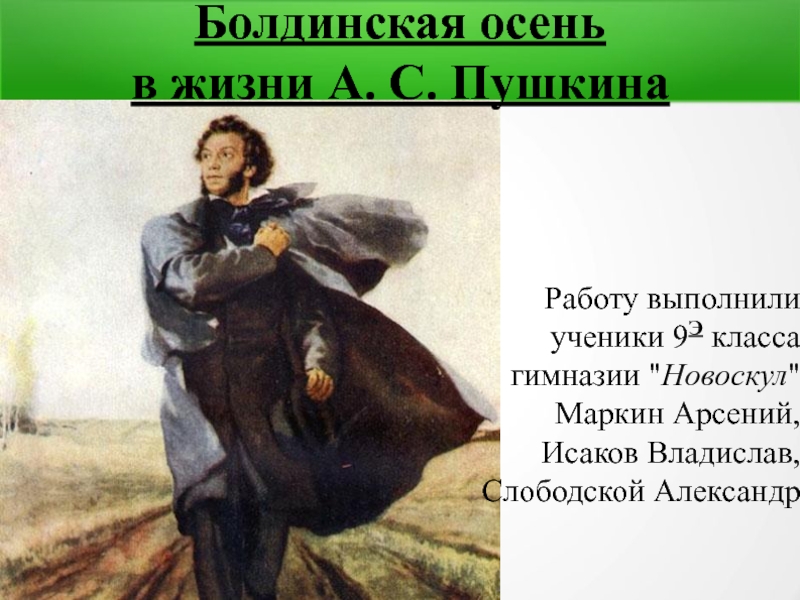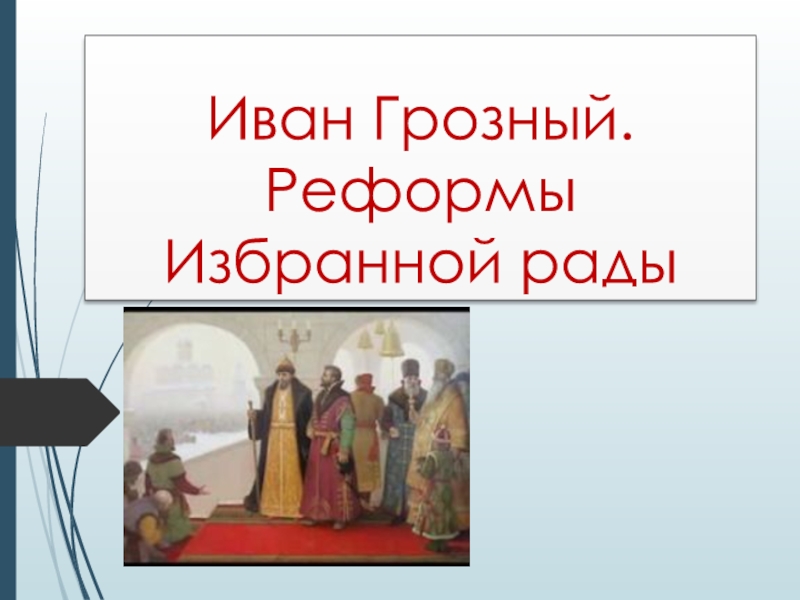- Главная
- Разное
- Дизайн
- Бизнес и предпринимательство
- Аналитика
- Образование
- Развлечения
- Красота и здоровье
- Финансы
- Государство
- Путешествия
- Спорт
- Недвижимость
- Армия
- Графика
- Культурология
- Еда и кулинария
- Лингвистика
- Английский язык
- Астрономия
- Алгебра
- Биология
- География
- Детские презентации
- Информатика
- История
- Литература
- Маркетинг
- Математика
- Медицина
- Менеджмент
- Музыка
- МХК
- Немецкий язык
- ОБЖ
- Обществознание
- Окружающий мир
- Педагогика
- Русский язык
- Технология
- Физика
- Философия
- Химия
- Шаблоны, картинки для презентаций
- Экология
- Экономика
- Юриспруденция
Historical geography of the United Kingdom. (Lecture 2) презентация
Содержание
- 1. Historical geography of the United Kingdom. (Lecture 2)
- 2. PLAN England. Wales. Scotland.
- 3. Ireland. Oversees colonies. Decolonisation.
- 5. 1. England.
- 6. 3000 - 2000 BC Stonehenge was built.
- 7. 500 - 100 BC
- 8. the 40s AD the Romans.
- 9. Londinnium Caledonia
- 10. Hadrian’s wall
- 11. a Greco-Roman word for
- 12. Roman influence Founded many cities Introduced Christianity
- 13. The Romans united the territories of modern England and Wales as one province!!!
- 14. Around 400 AD The barbaric people threatened
- 15. around 400 AD Angles
- 16. The Heptarchy: Northumbria Mercia East Anglia Essex Wessex Kent Sussex 7 Anglo-Saxon Kingdoms
- 17. the 9th century the Viking invasions
- 18. Established the Danelaw the Viking Kingdom of York
- 19. the late 9th -early 10th century
- 20. The dominating tribe – the Saxons (Germanic people) ? Germanic stems in modern English
- 21. the 11th century the Norman invasion
- 22. 14 October 1066 the Battle of Hastings
- 23. The Saxons The Normans
- 24. King Harold was killed His army lost the battle
- 25. Christmas day 1066 William
- 26. Norman influence: 1) Anglo-Saxon nobility was replaces by the Norman nobility.
- 27. 2) 3 languages: Norman-French –
- 28. Up to 1204 the Kings of England also controlled Normandy.
- 29. England held on to the Channel Islands (Guernsey, Jersey).
- 30. 2. Wales.
- 31. The many kingdoms comprising Wales were first
- 32. And in 1301 the tradition of heir
- 33. 1455 - 1485 the houses of
- 34. in 1485 a relatively remote
- 35. Henry Tudor or Henry VII
- 36. 1536 the Act of Union
- 37. 3. Scotland.
- 38. Its geography (highland and plain) made this country difficult to control from London.
- 39. Attempts to annex Scotland led to national liberation uprisings.
- 40. In 1296 king Edward I envaded Scotland
- 41. The Scottish coronation stone remained at Westminster
- 42. The Attempts to return Scottish independence
- 43. Scotland still had its own king
- 44. the 16th century Henry VIII ? 6 wives 1491-1547
- 46. Henry’s reforms: Conflict with the Pope about
- 47. Henry’s son Edward VI 1537-1553
- 48. Queen Mary I of England. A
- 49. Mary Stuart, queen of Scotts- Henry
- 50. Elizabeth I died childless in 1603 Mary
- 51. A Union of Crowns, a situation
- 52. Acts of Union of 1707 during
- 53. Union Flag used in the Kingdom of England
- 54. 4. Ireland.
- 55. In the early 11th century Ireland was
- 56. In the 17th century Ireland was completely colonized by the English.
- 57. The most effectively colonization went in the north, in Ulster.
- 58. In 1801 it merged with the Kingdom
- 60. At the beginning of the
- 61. In 1920 Ireland was divided into
- 62. 5. English Oversees Colonies.
- 63. North America
- 64. 1492 Christopher Columbus discovered America. 1496
- 65. The 1580s the 1st English settlements in
- 66. during the 1760s and early 1770s relations
- 67. Boston Tea Party December 16, 1773
- 68. The American Revolution In response Britain sent
- 69. Australia
- 70. 1606 the western coast of
- 71. Up to 1840 the British sent their
- 72. India
- 73. In 1858 Queen Victoria was crowned the
- 74. 1815 - 1914 around 26,000,000 km2 of territory
- 76. 6. Decolonisation.
- 77. Between 1945 and 1965 most of the former British colonies were given independence.
- 78. The number of people under British rule
- 79. A map of the world, highlighting the member
- 81. the Head of the Commonwealth the monarch of
- 82. The Commonwealth realms, shown in blue. Former Commonwealth realms are shown in red
- 83. The Commonwealth 29,958,050 square km
Слайд 7500 - 100 BC
from the central Europe
farmers and warriors
pagans
governed by priests called Druids
Слайд 11 a Greco-Roman word for the inhabitants of the
the Romans called the island “Britannia”.
Albion
the white cliffs
of Dover
Слайд 12Roman influence
Founded many cities
Introduced Christianity
Their words survived in many spheres of
Слайд 14Around 400 AD
The barbaric people threatened the Roman Empire
The Romans left
Слайд 17the 9th century the Viking invasions
pagan tribes from the north
(Denmark,
Norway,
Sweden)
Слайд 19 the late 9th -early 10th century -Wessex conquered the Danelaw
Слайд 27
2) 3 languages:
Norman-French – literature + nobility
Latin – the government and
Anglo-Saxon – common people
Слайд 31The many kingdoms comprising Wales were first united under one king
In 1282 England annexed Wales.
Слайд 32And in 1301 the tradition of heir to English throne being
Слайд 33 1455 - 1485 the houses of Lancaster and York, were
The Wars of the Roses
York’s white rose
Lancaster’s red rose
Слайд 34 in 1485 a relatively remote Lancastrian relative, Henry Tudor
defeated the last Yorkist king Richard III
started the new royal dynasty, the House of Tudor (married Elizabeth of York, Richard’s niece)
Слайд 36 1536 the Act of Union officially annexed Wales to
Welsh law was fully replaced by English law.
Слайд 40In 1296 king Edward I envaded Scotland and stole the Scottish
Слайд 41The Scottish coronation stone remained at Westminster Abbey until it was returned
Слайд 42The
Attempts to return Scottish independence in the 15ht and 16th
Constant conflicts on the Scottish-English border.
Слайд 43
Scotland still had its own king and queen.
The Scottish royal family,
Слайд 46Henry’s reforms:
Conflict with the Pope about his divorce
Broke up with the
Proclaimed himself the Head of the Church
Started the Anglican church
Слайд 48Queen Mary I of England.
A Catholic.
Killed a lot of protestants
Bloody
She died childless in November 1558.
Her sister
Elizabeth I
? illegitimate
child
?A Protestant
Слайд 49 Mary Stuart, queen of Scotts- Henry VIII's great niece.
?a constant
? accused of treason, arrested and beheaded
Слайд 50Elizabeth I died childless
in 1603 Mary Stuart's son, became James I
A new dynasty started – the dynasty of the Stuarts.
Слайд 51 A Union of Crowns, a situation when England, Scotland and
Слайд 52 Acts of Union of 1707 during the reign of the
the English and Scottish parliaments were replaced by a combined Parliament of Great Britain;
a full economic union, replacing the Scottish systems of currency, taxation and laws regulating trade.
Слайд 53Union Flag used in the Kingdom of England from 1606-1707
The flag of the
The flag of the Kingdom of England.
Слайд 55In the early 11th century Ireland was also ruled by one
In 1171 the English monarch Henry II proclaimed himself Lord of Ireland.
Слайд 58In 1801 it merged with the Kingdom of Great Britain to
the United Kingdom of Great Britain and Ireland.
Слайд 61 In 1920 Ireland was divided into Irish Free State and
? the United Kingdom of Great Britain and Northern Ireland
Слайд 641492 Christopher Columbus discovered America.
1496 King Henry VII of England
They reached the coast of Newfoundland.
Слайд 65The 1580s the 1st English settlements in America
In the
Слайд 66during the 1760s and early 1770s relations between the Thirteen Colonies
the British Parliament tried to govern and tax American colonists without their agreement (they were not represented in the British Parliament).
Слайд 67Boston Tea Party
December 16, 1773 the Americans revolted against tea
Слайд 68The American Revolution
In response Britain sent the army to control the
In 1776, the United States declared independence.
Слайд 70 1606 the western coast of Australia were 1st discovered
1770 James Cook discovered the eastern coast of Australia, claimed the continent for Britain,
He named it New South Wales.
Слайд 71Up to 1840 the British sent their criminals to New South
In 1839 colonies in New Zealand were established
Слайд 741815 - 1914 around 26,000,000 km2 of territory and roughly 400 million
Слайд 78The number of people under British rule outside the UK itself
700 million to 5 million,
3 million of whom were in Hong Kong.
Слайд 79A map of the world, highlighting the member states of the Commonwealth (dark
the Commonwealth of Nations
a non-political, voluntary association of 53 equal member
Слайд 81 the Head of the Commonwealth
the monarch of 16 members of the Commonwealth
Australia, Canada, Jamaica, New Zealand, etc.
Queen Elizabeth II
Слайд 83 The Commonwealth
29,958,050 square km (a quarter of the world
spans all the continents.
population of 2.245 billion, (a third of the world population).
